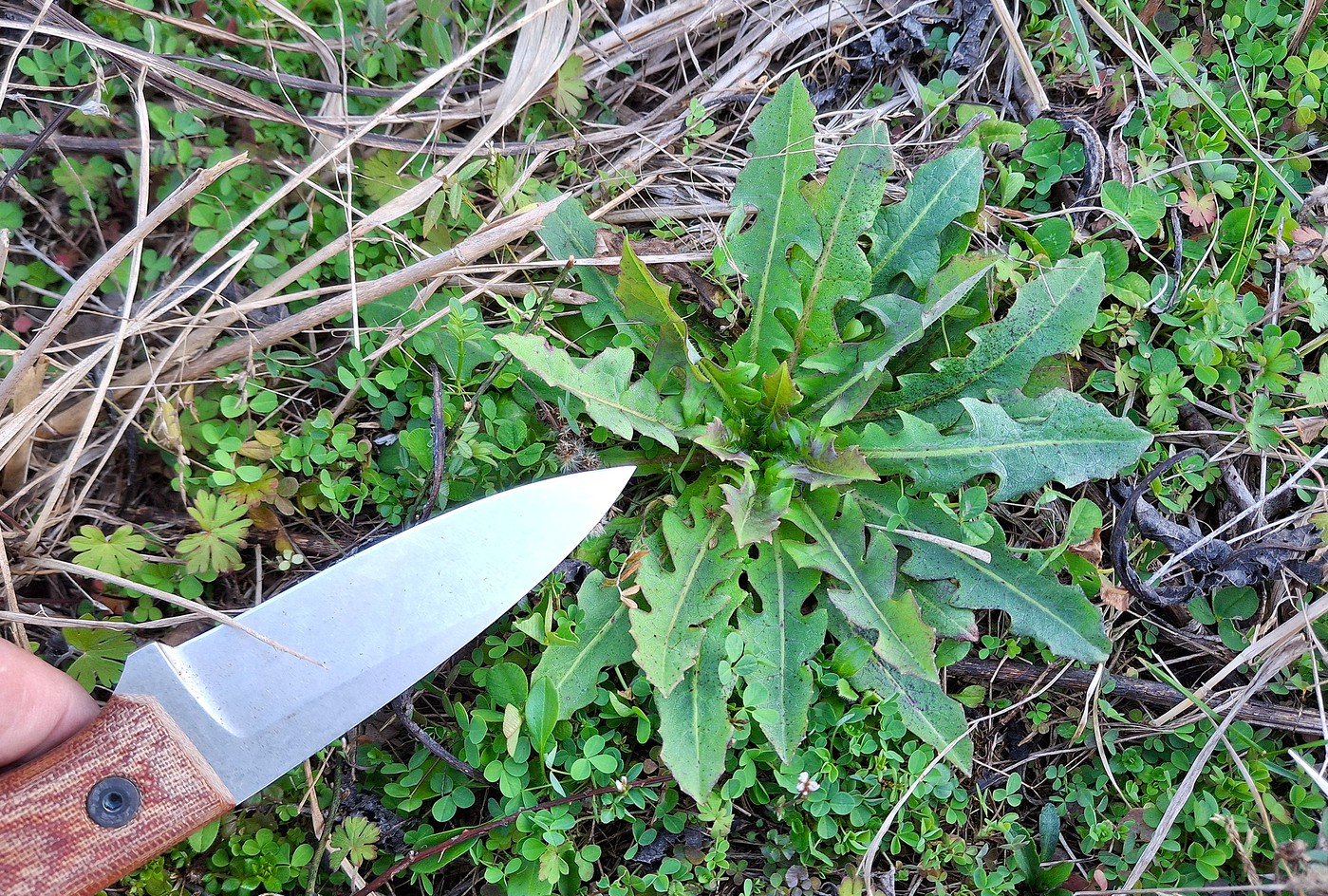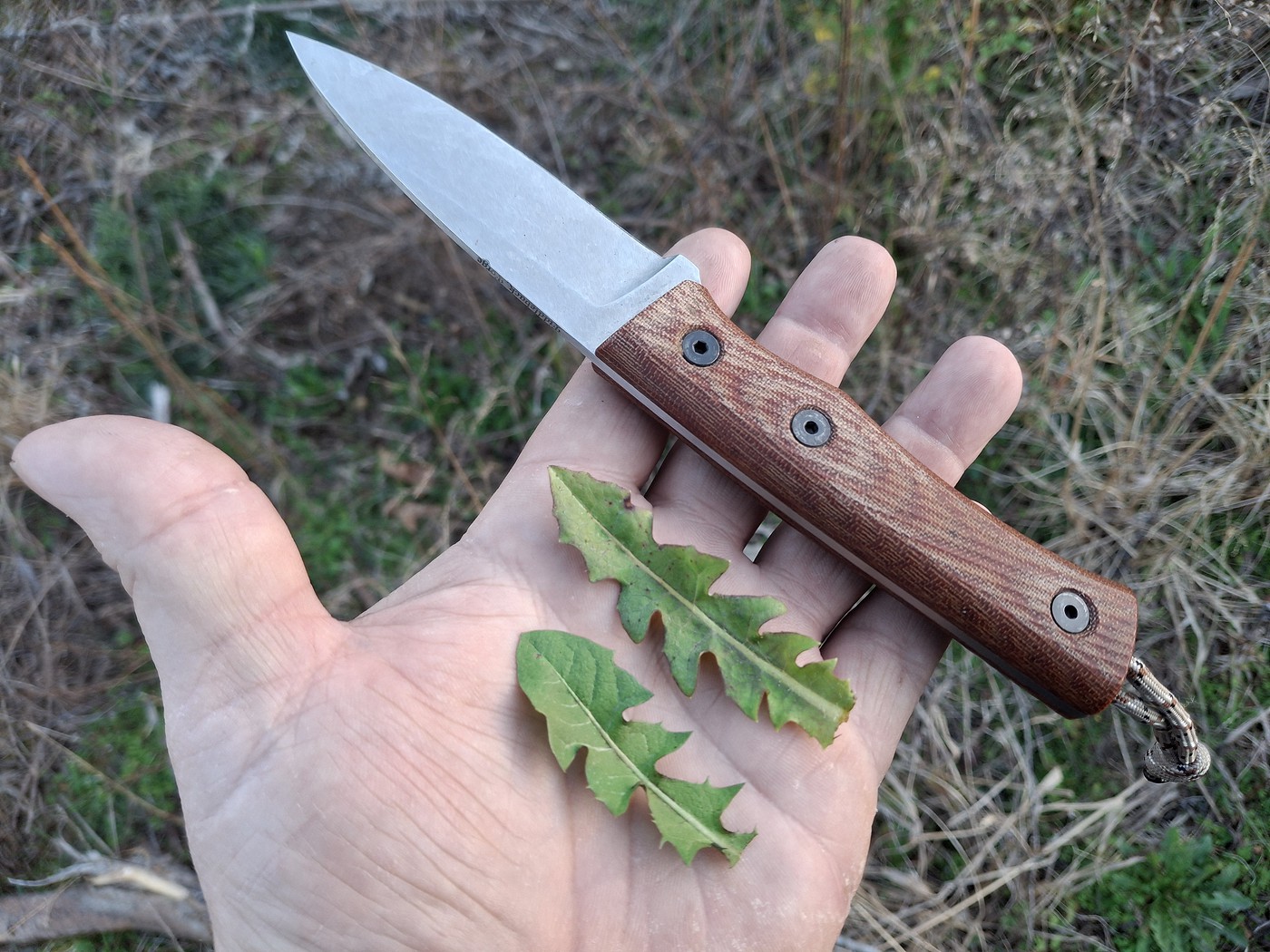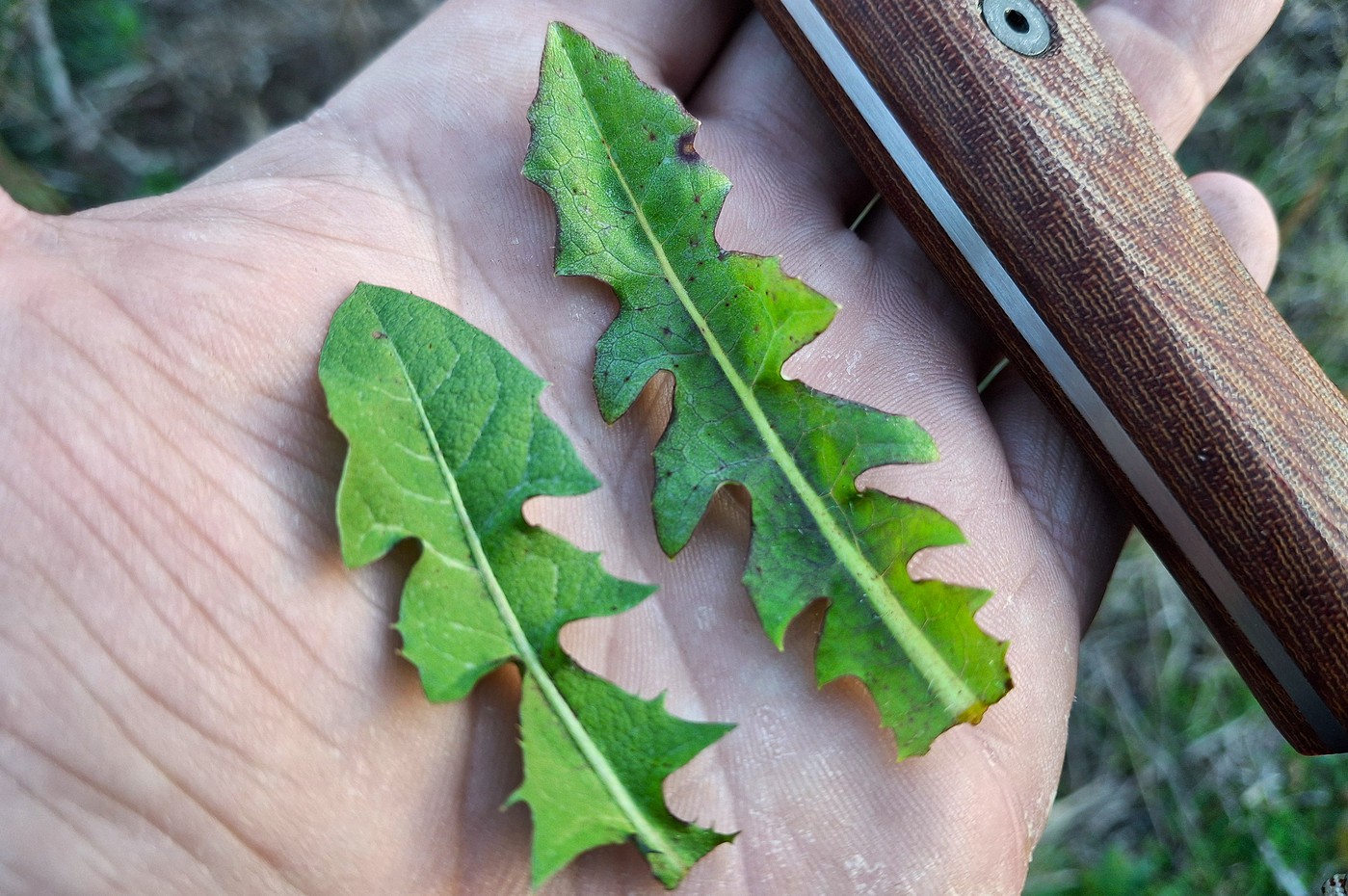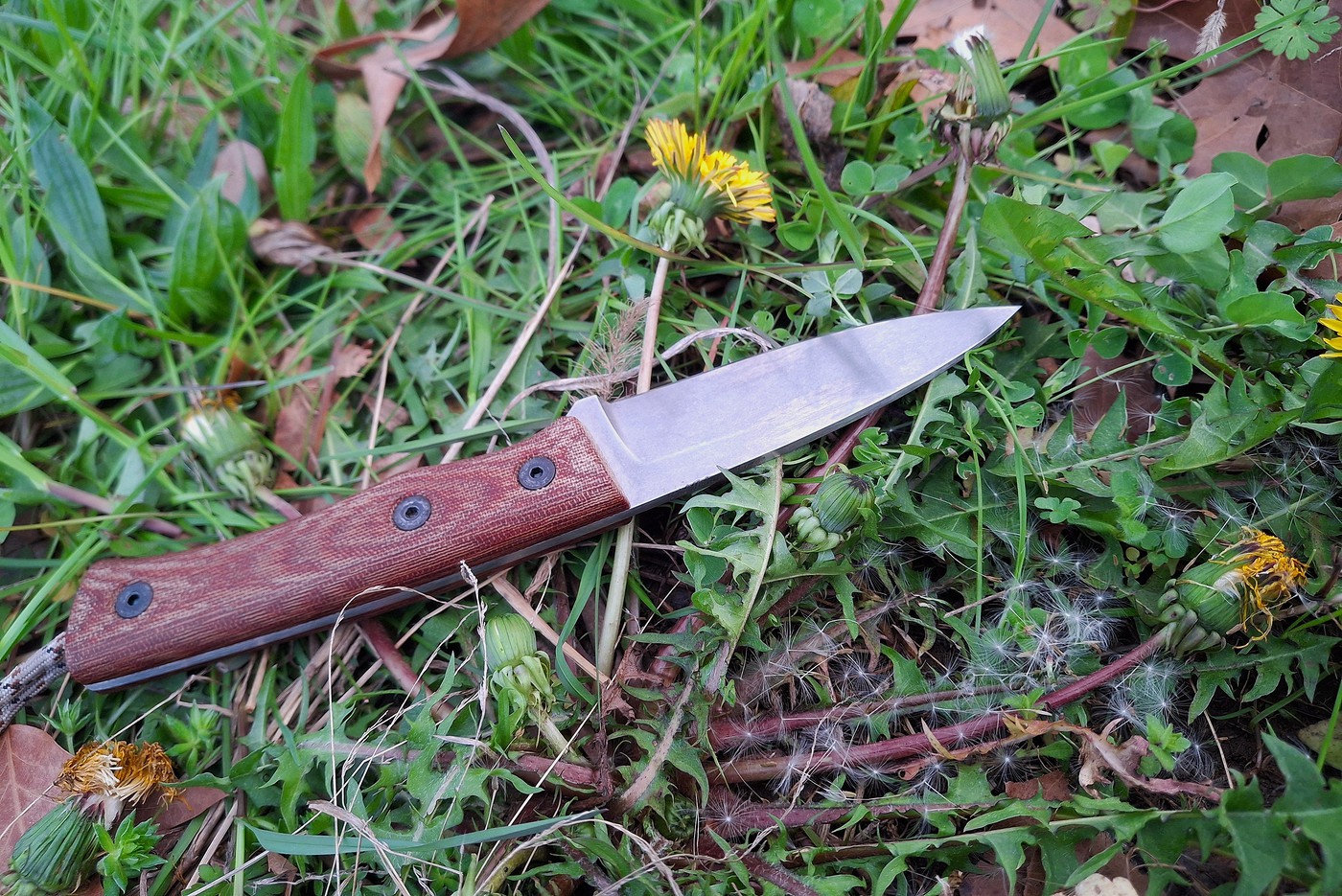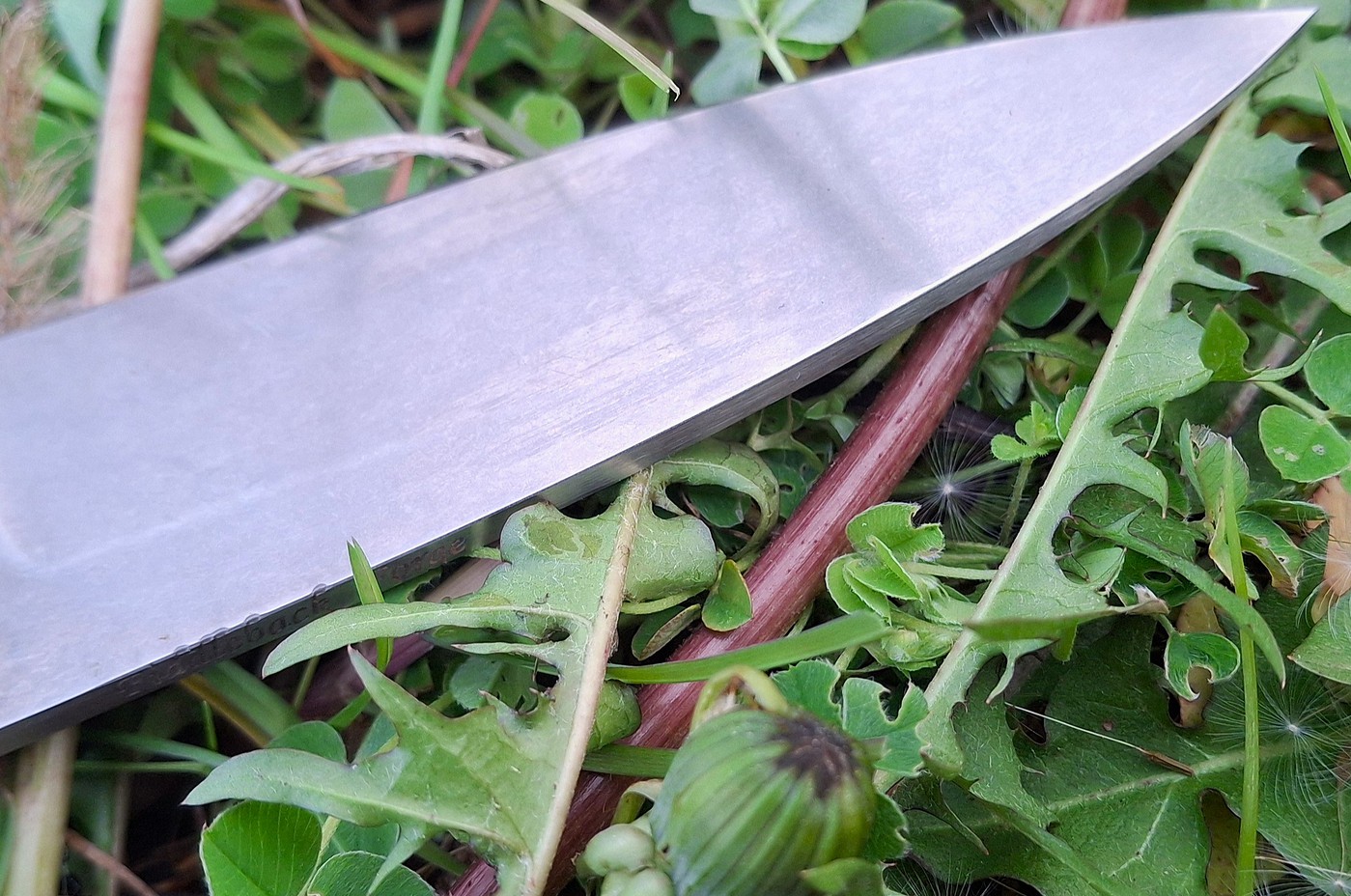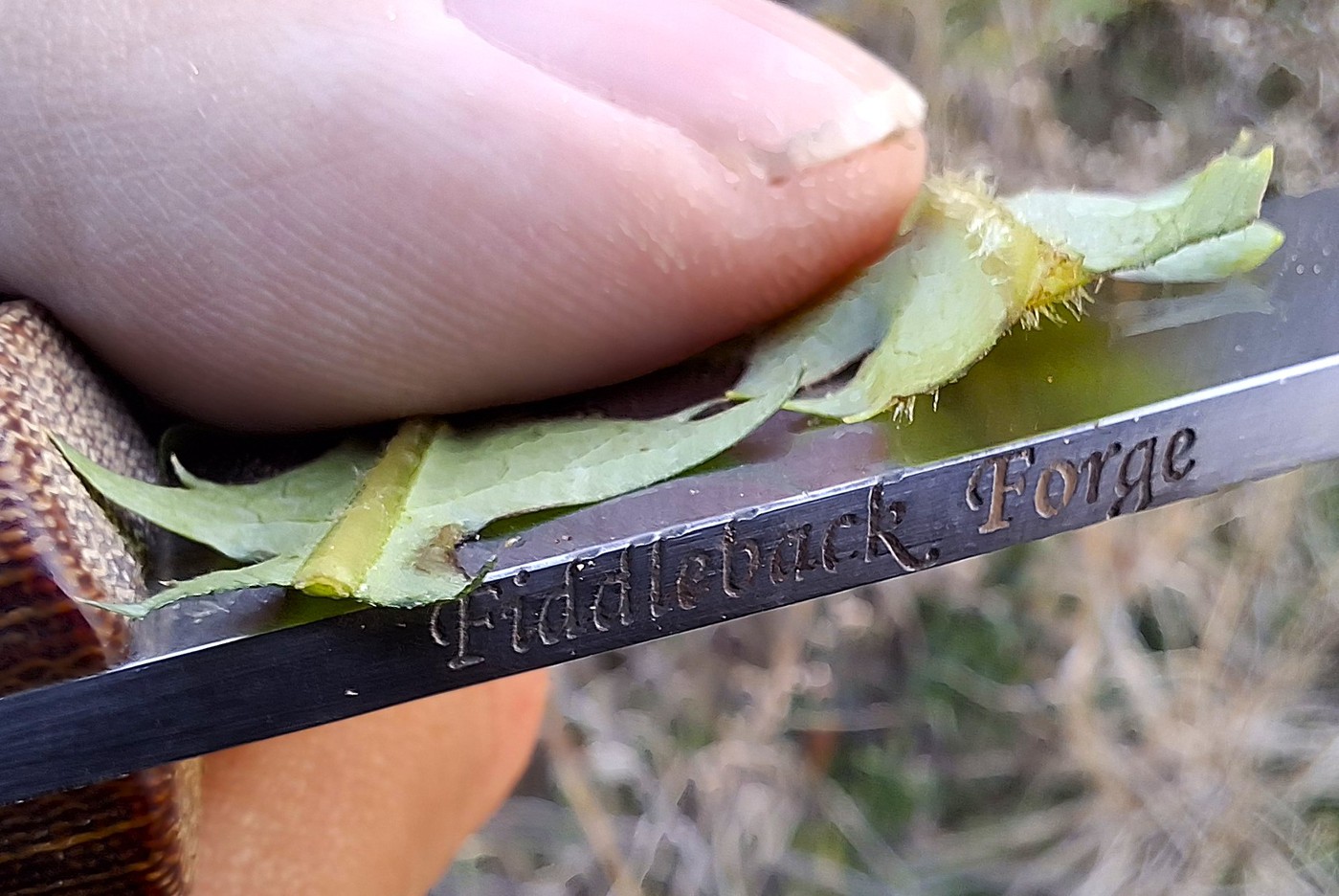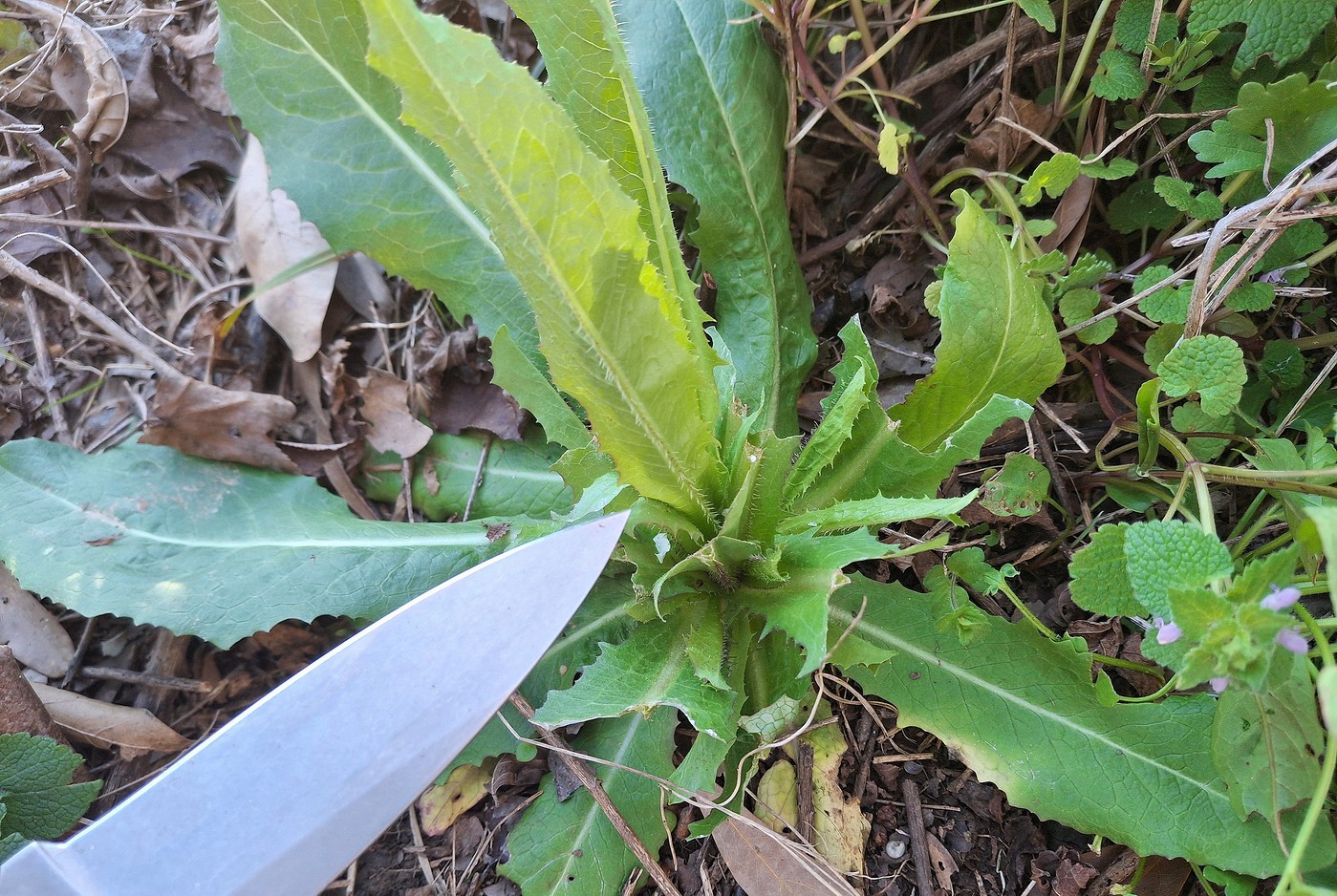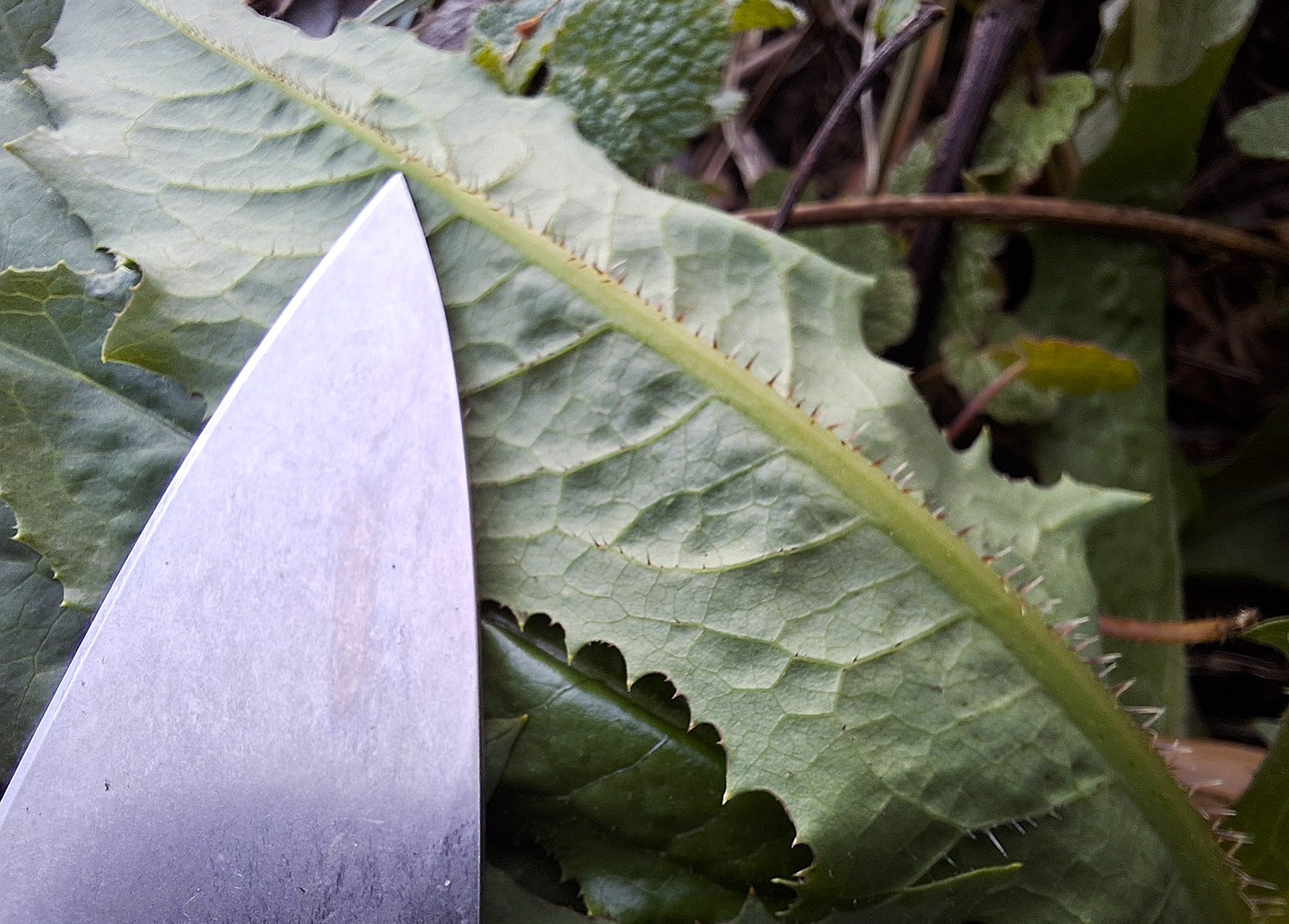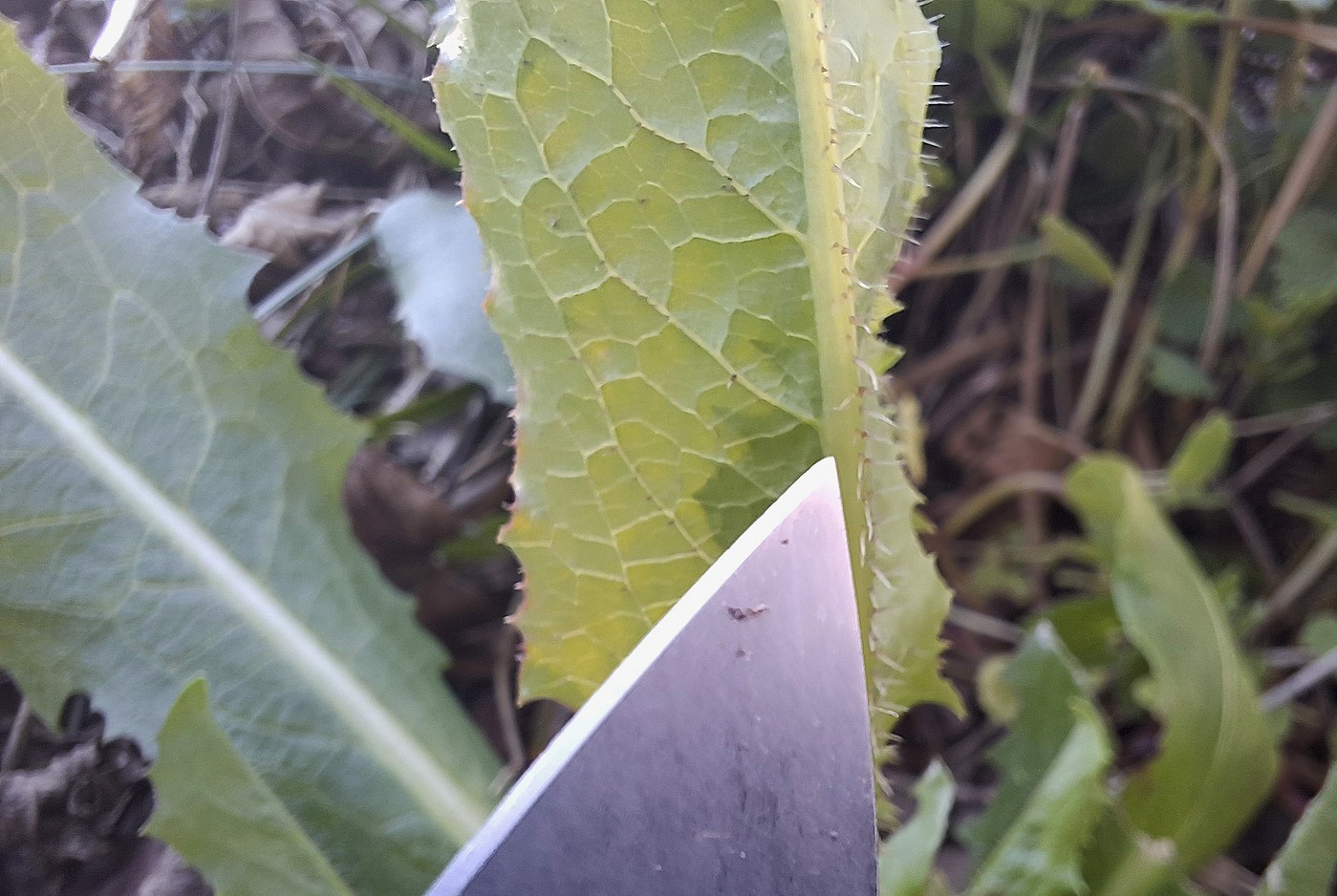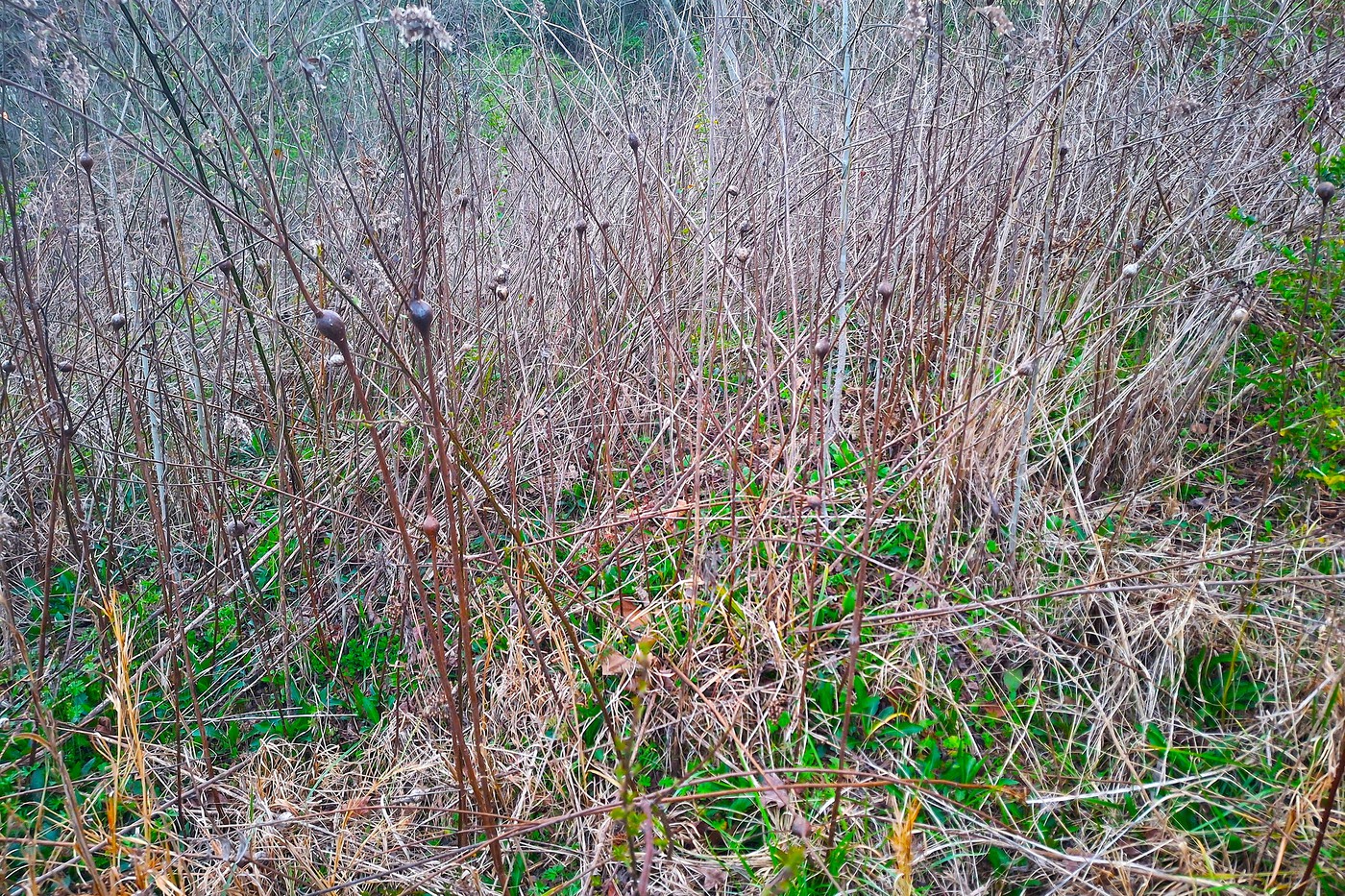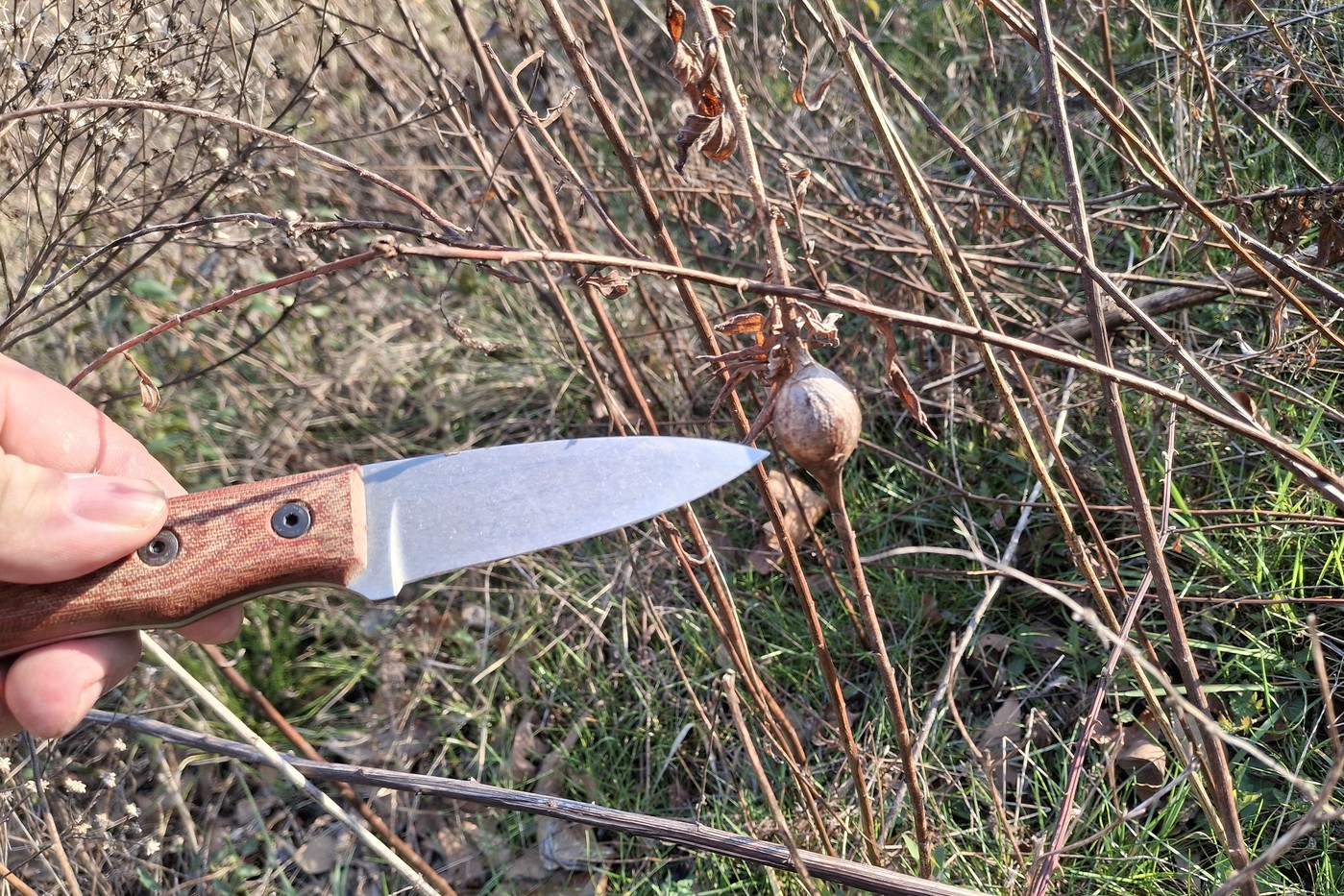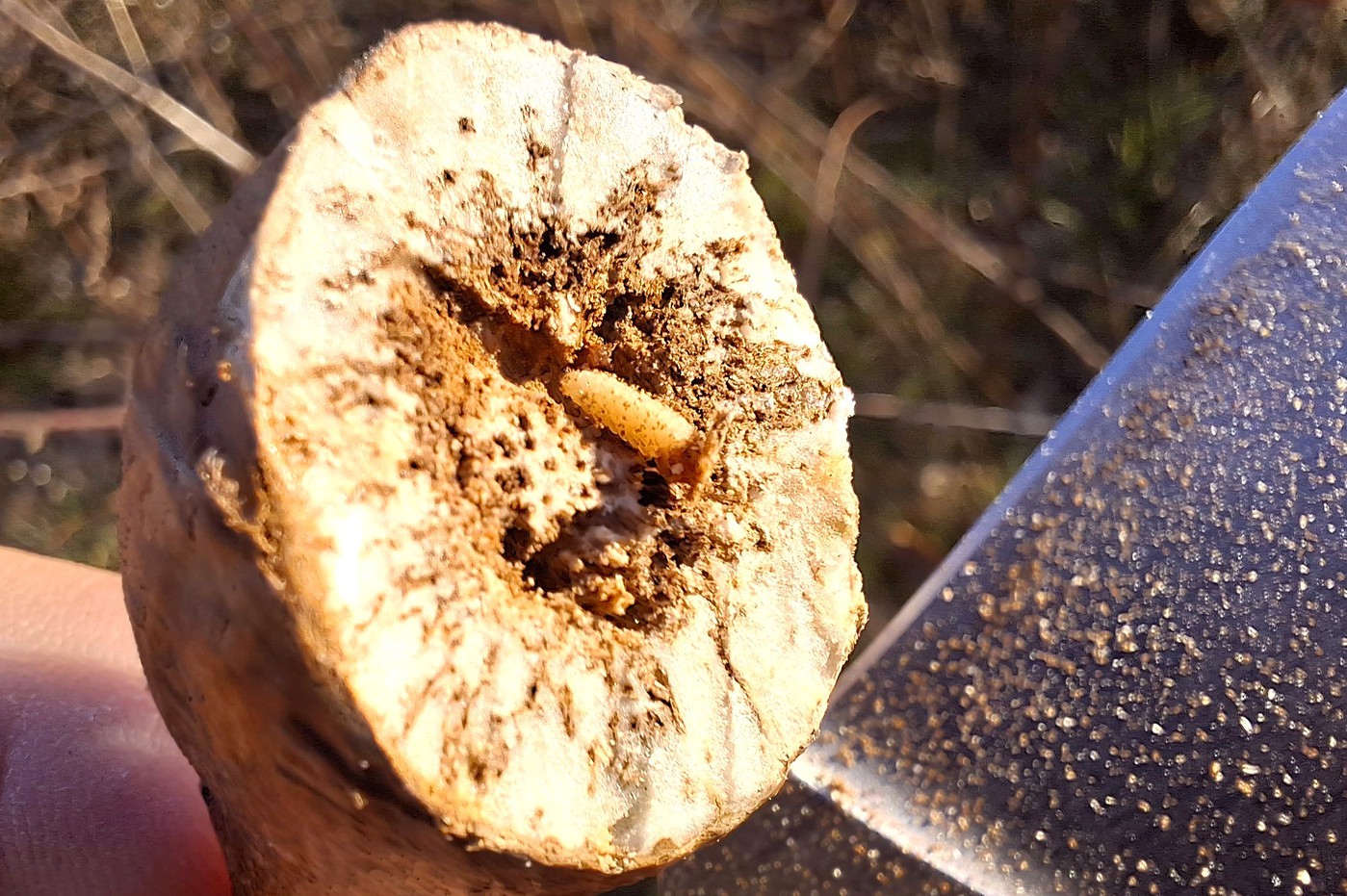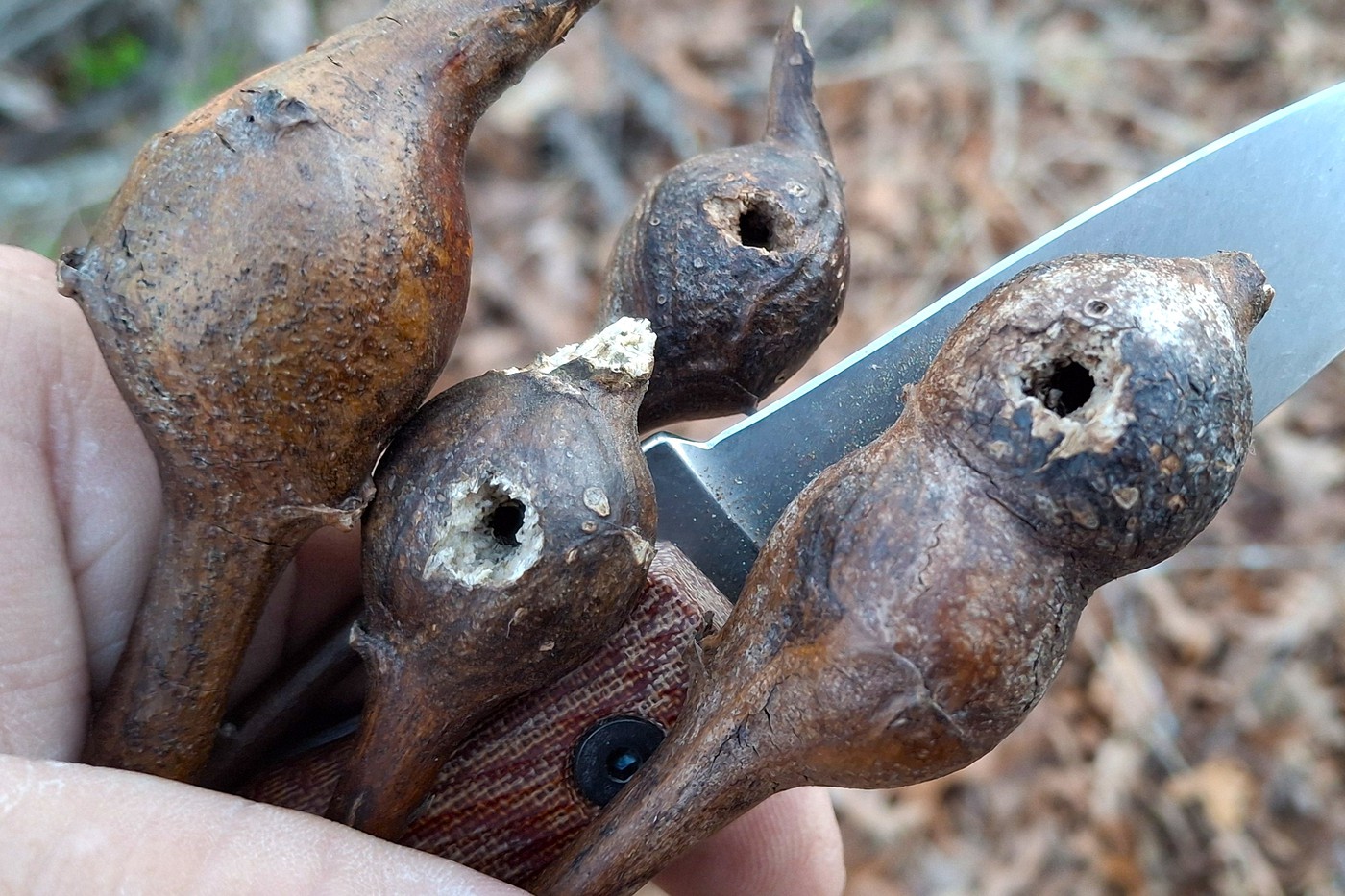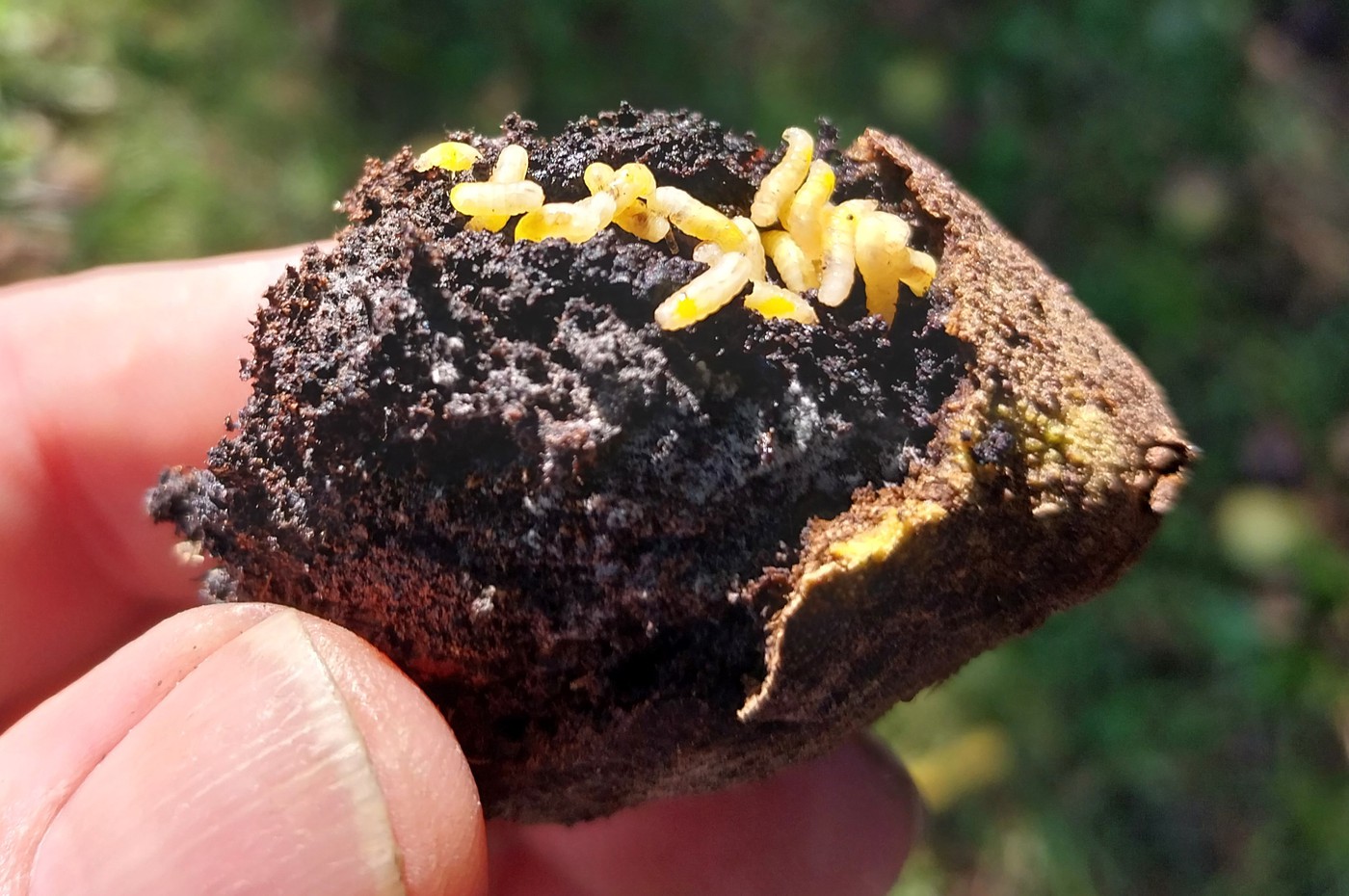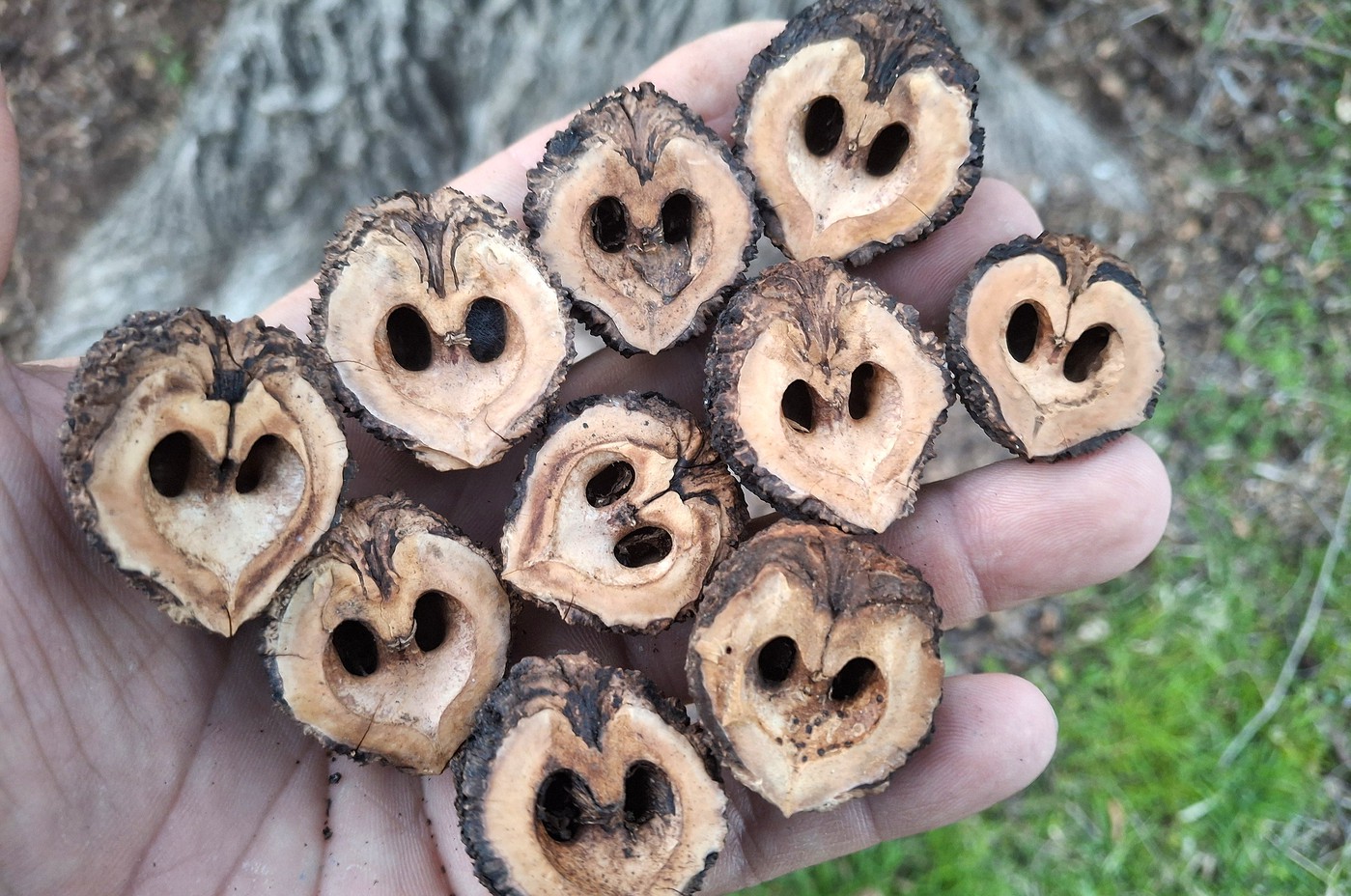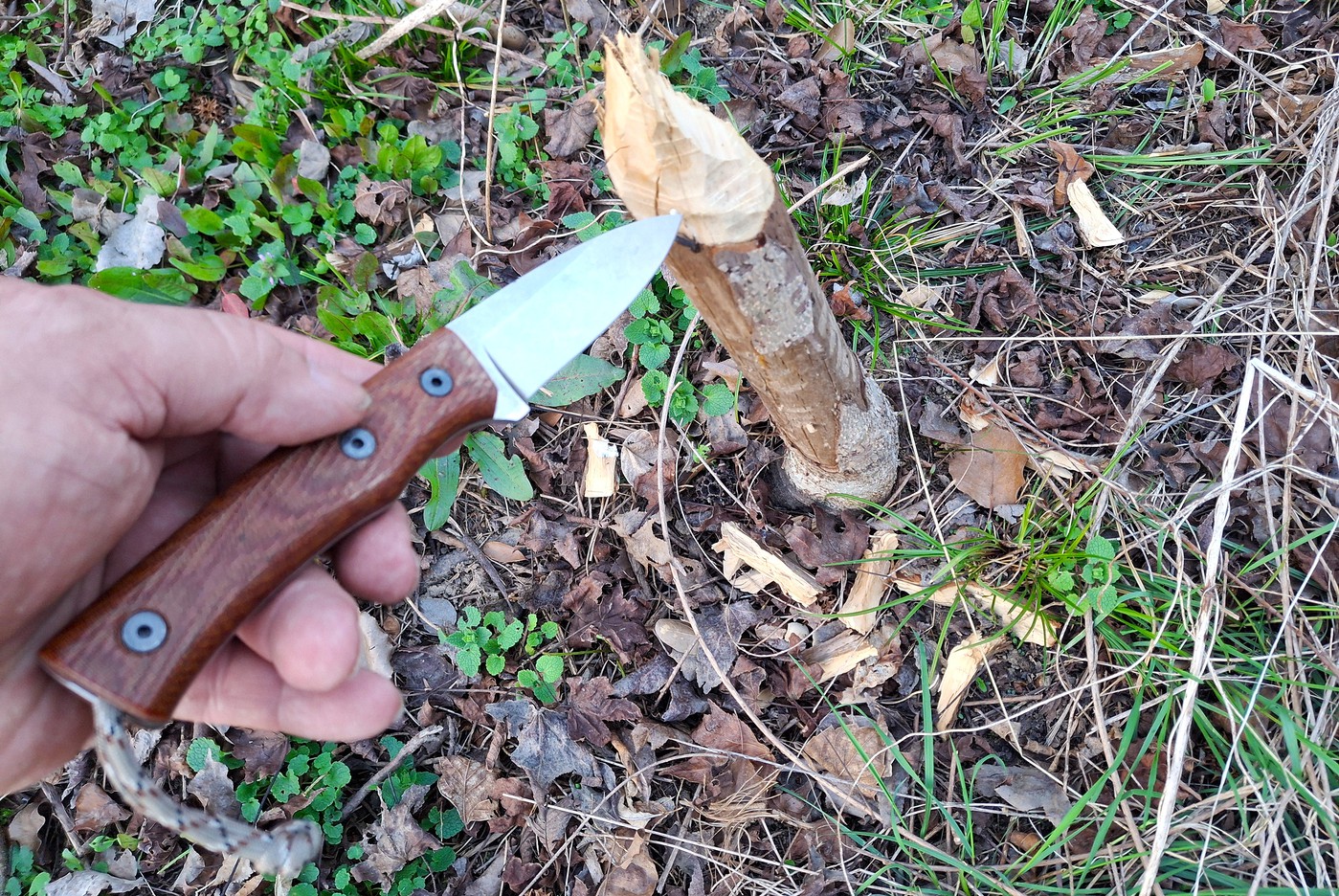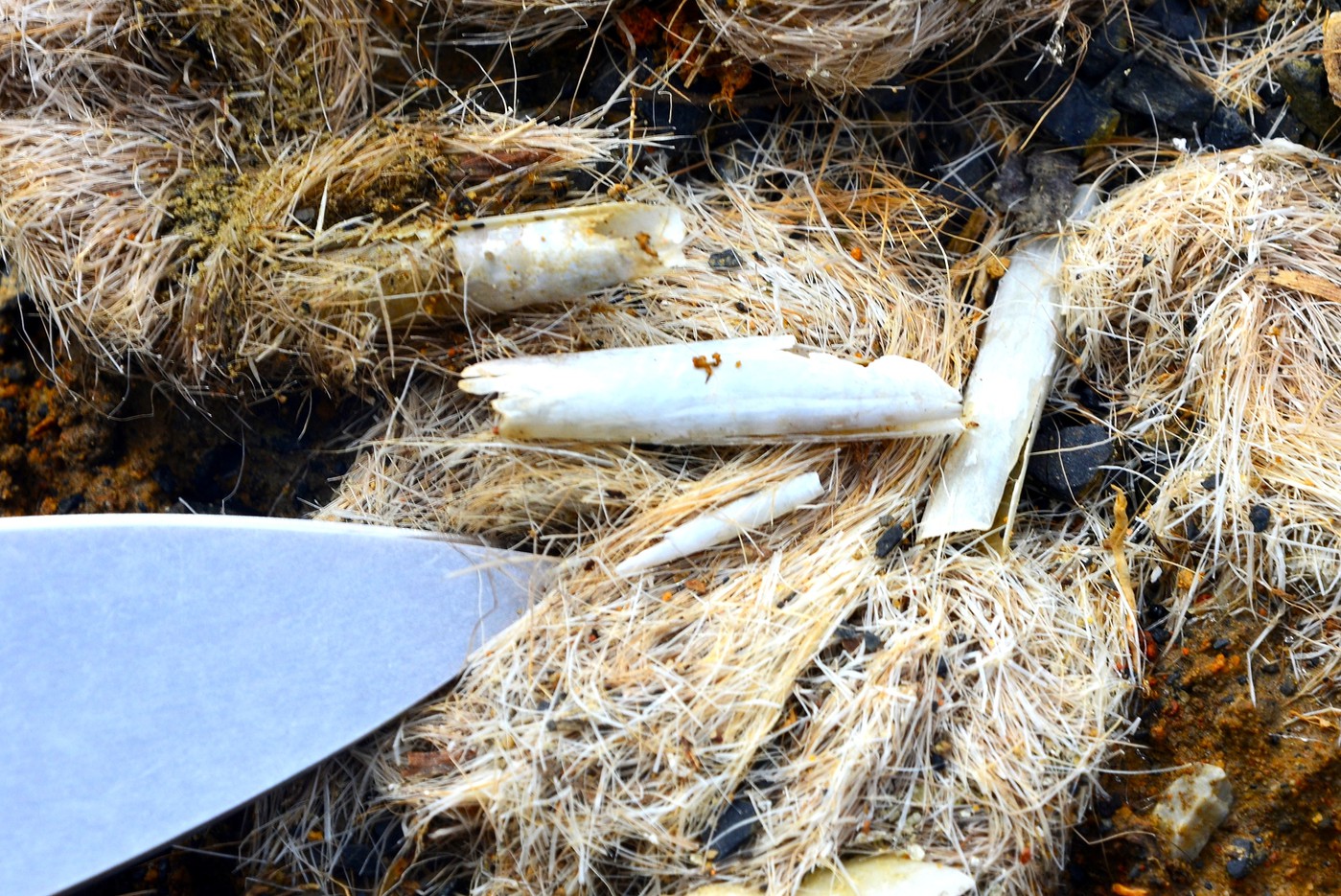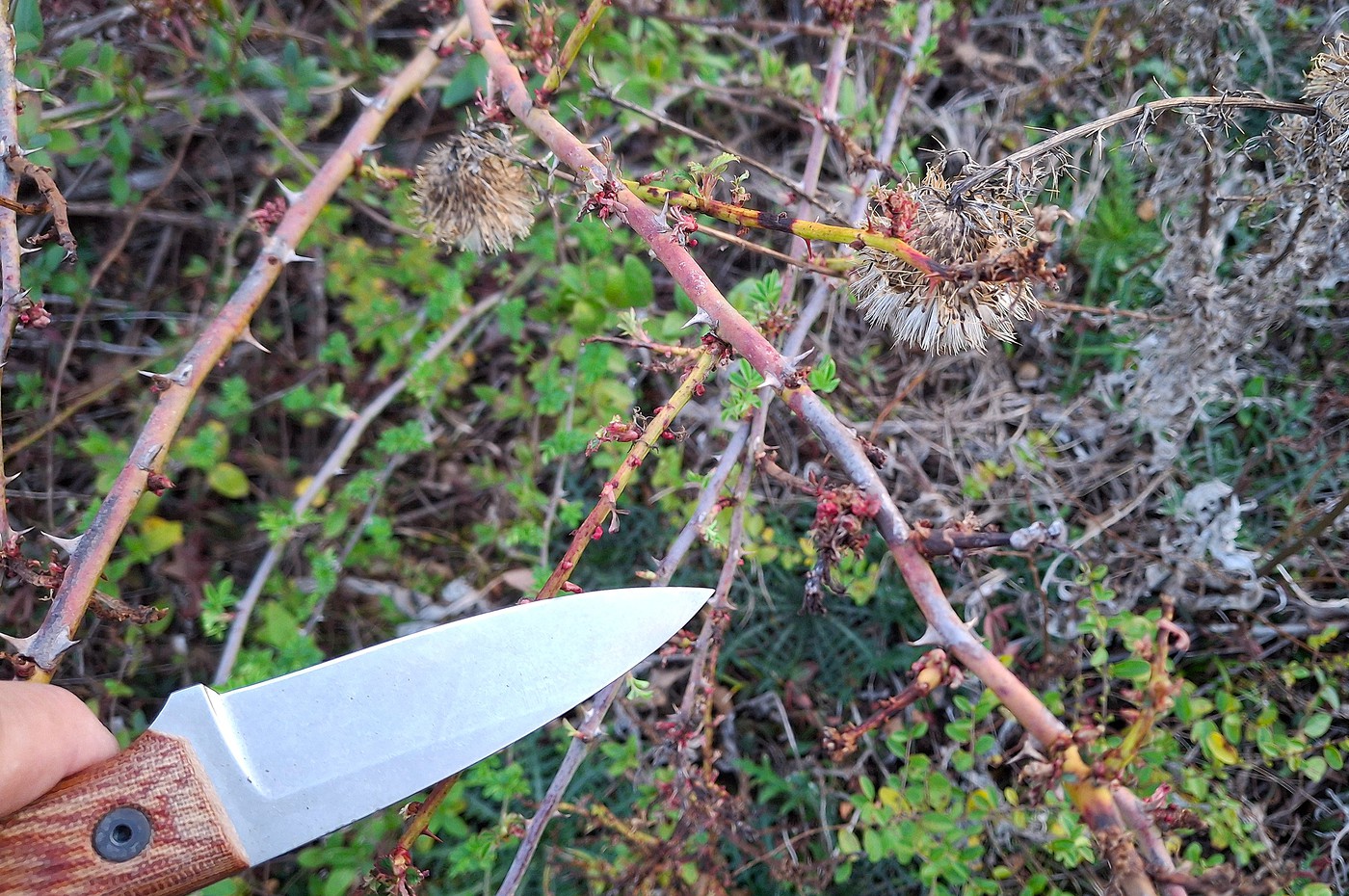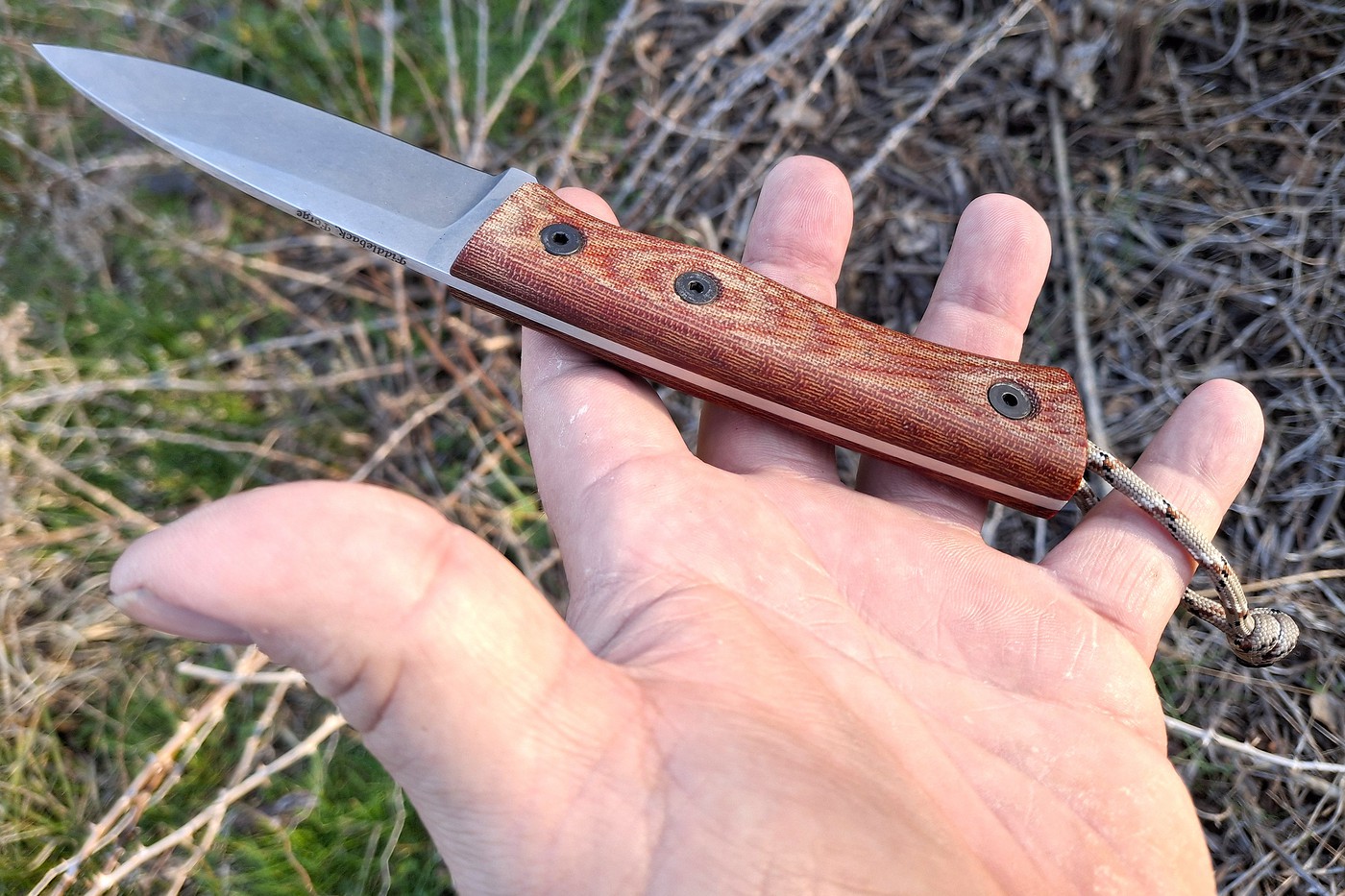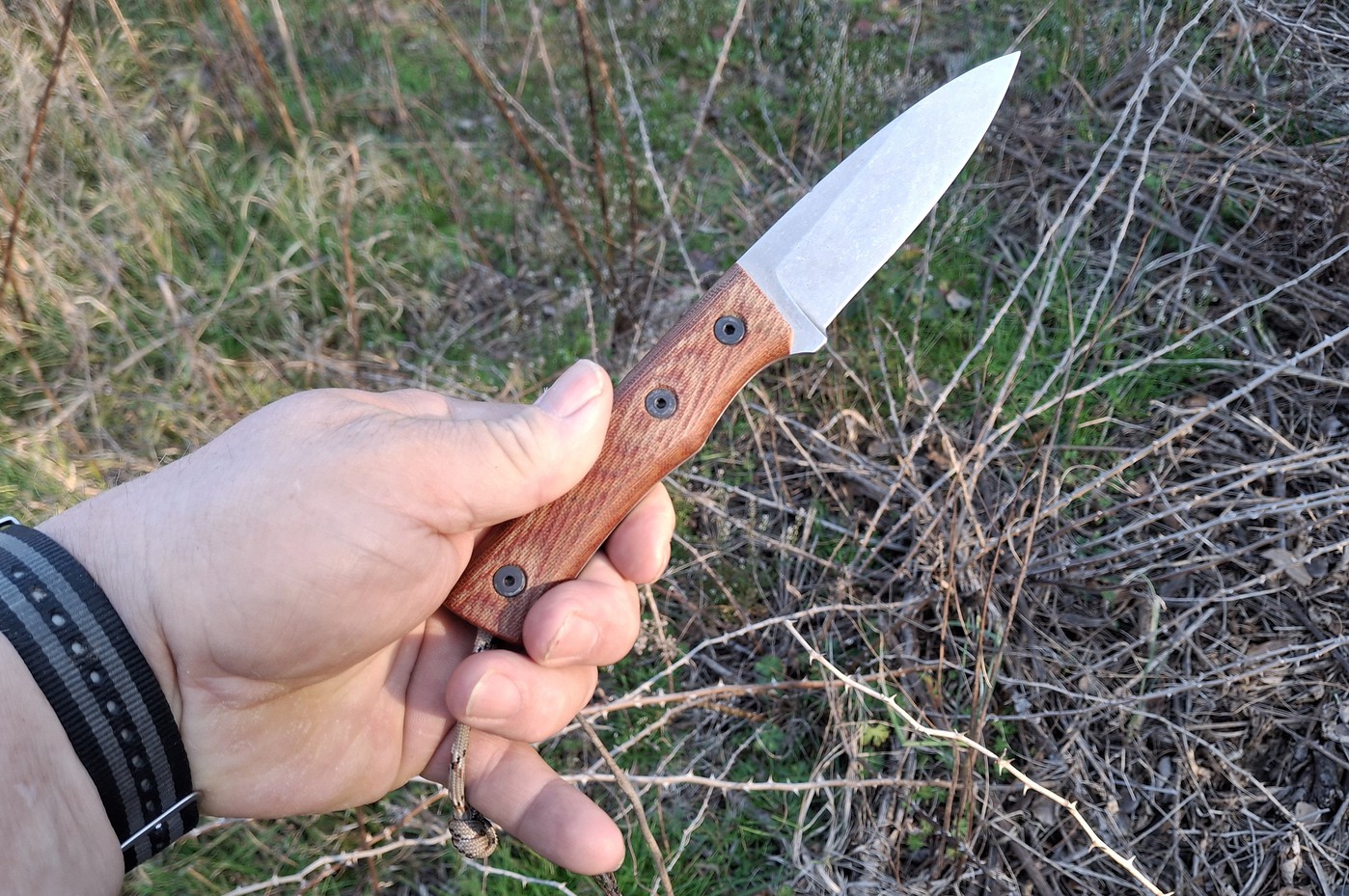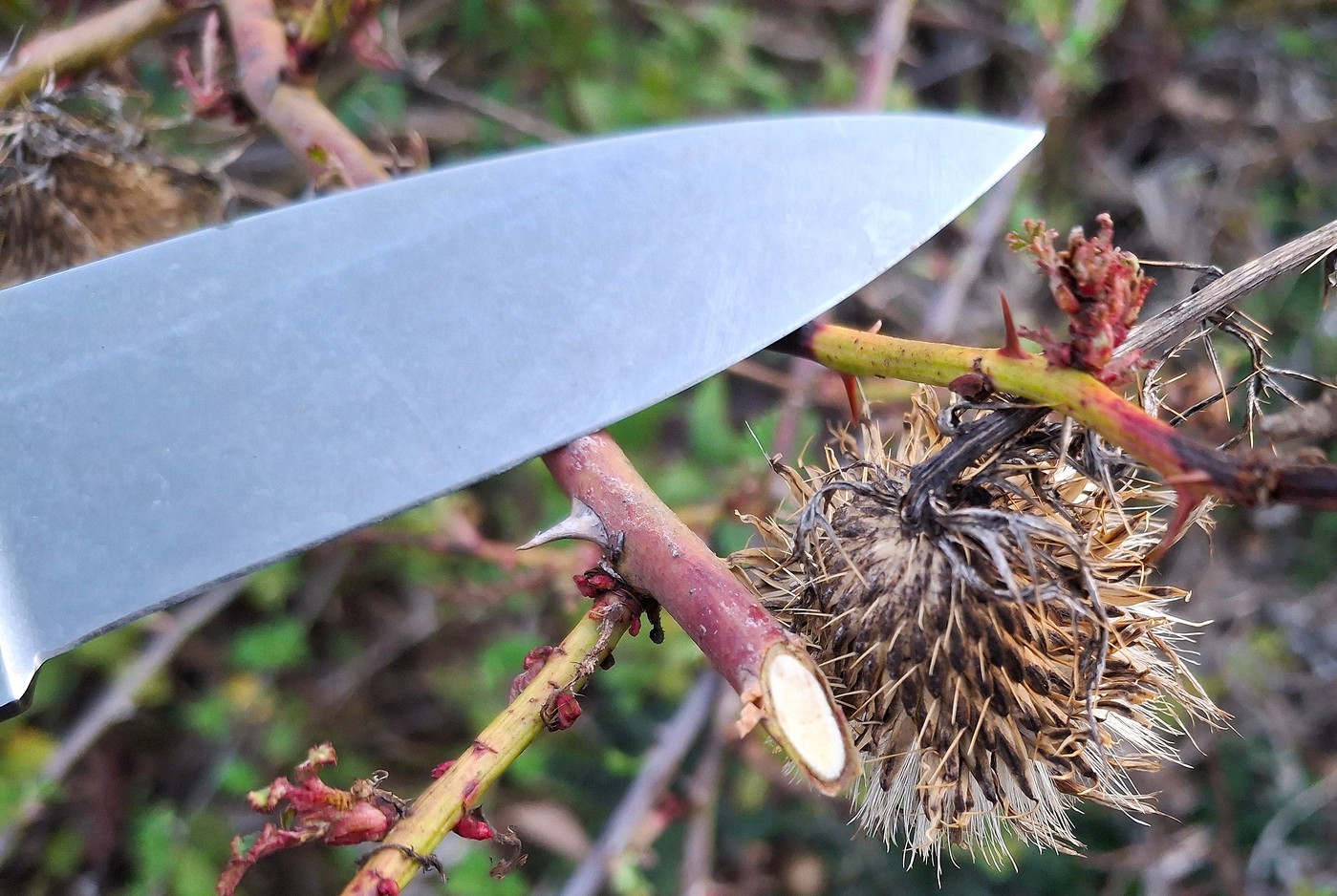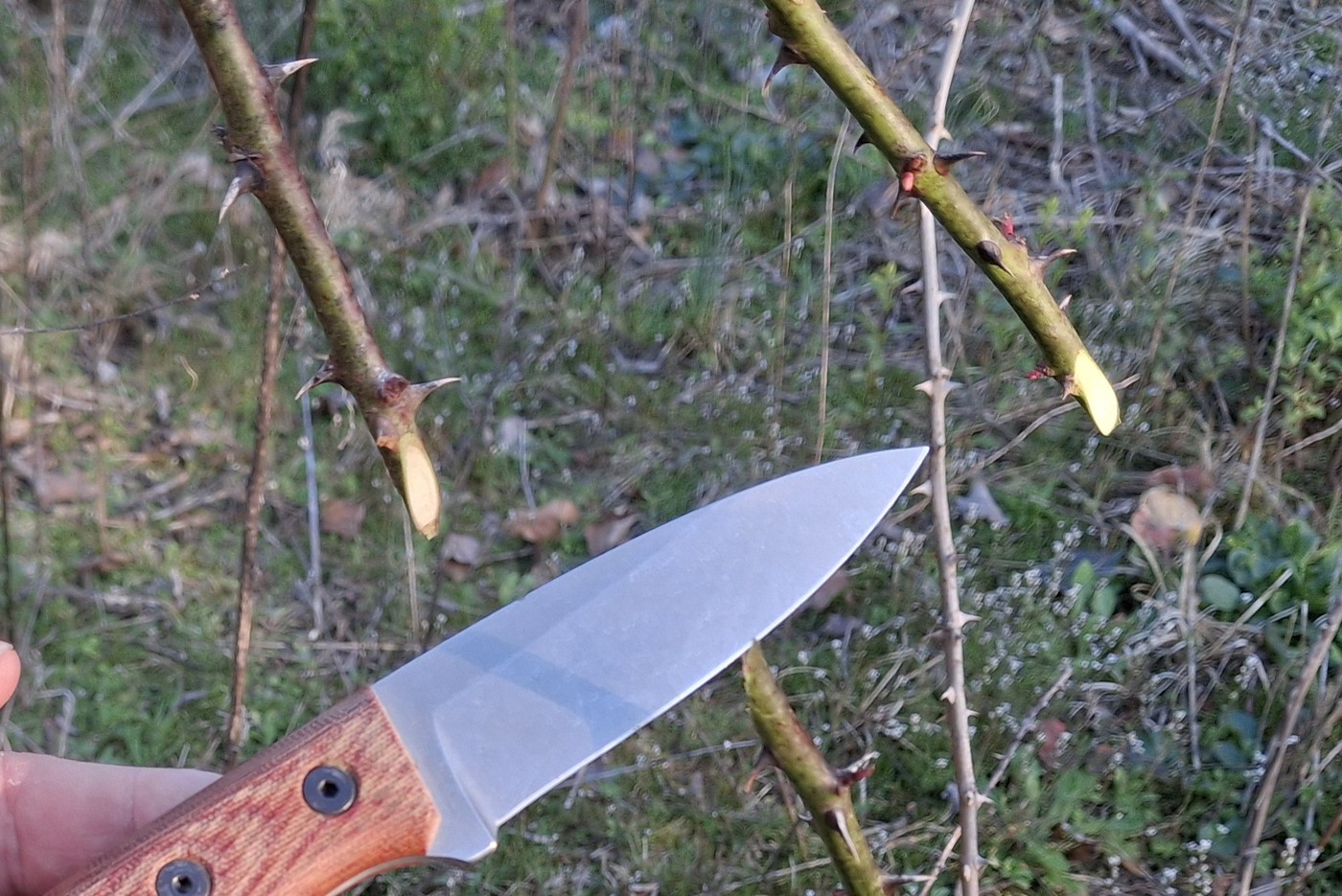Mistwalker
Gold Member
- Joined
- Dec 22, 2007
- Messages
- 19,094
I've spent the last several weeks gathering plant ID images for a few projects I'm working on, and I thought I'd share some thoughts and images of late winter foraging in the south.
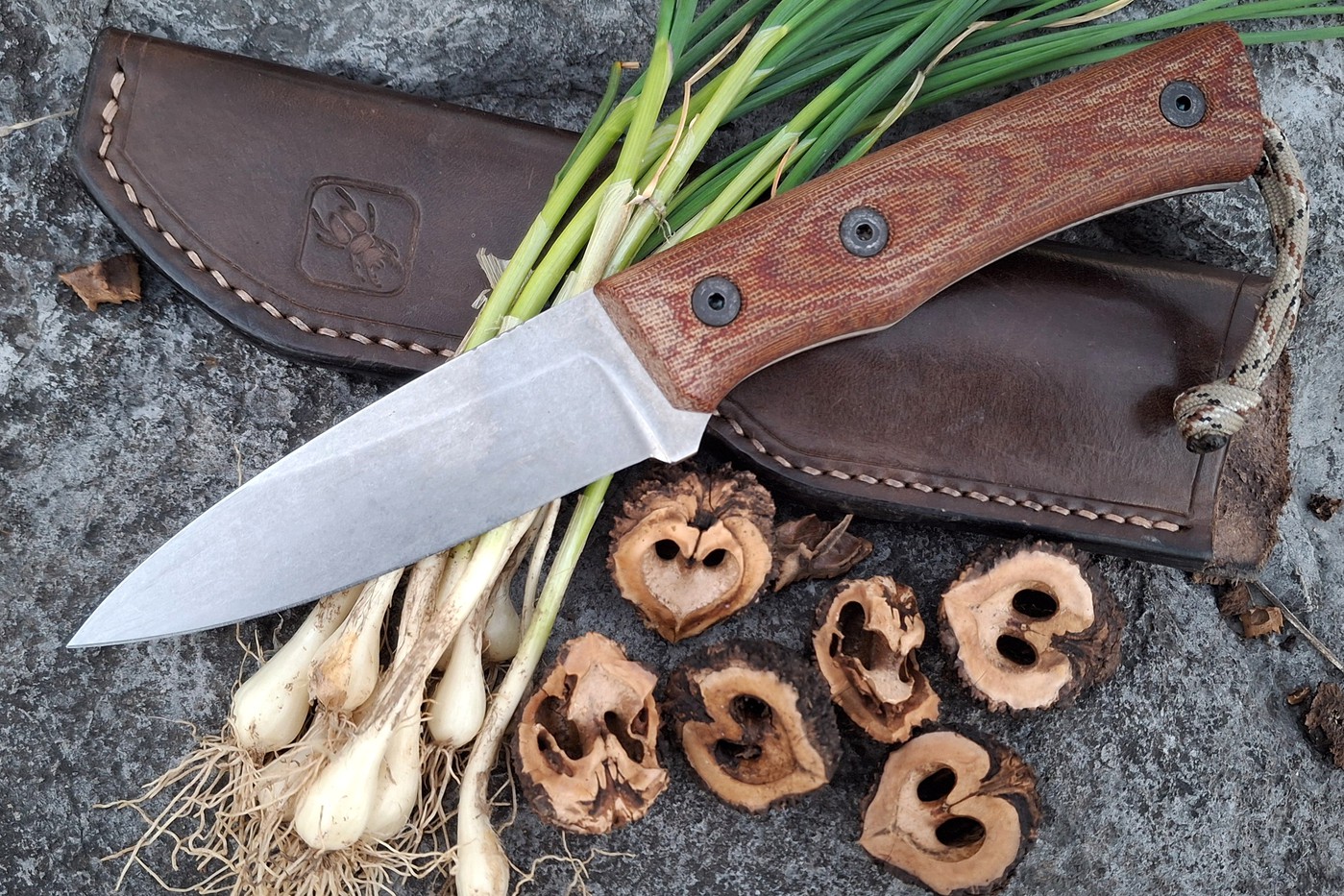
Most of what was growing in the forest meadows back in the summer has now gone to seed and died back to it's roots. Most of it, being of hollow stalks, is much more suited to making bedding from, to insulate the body from the cold ground now. The deer certainly take advantage of it on sunny days. By flattening and area to lay in, the entire rest of the meadow blocks the wind and the depression traps the warmth of the sun.
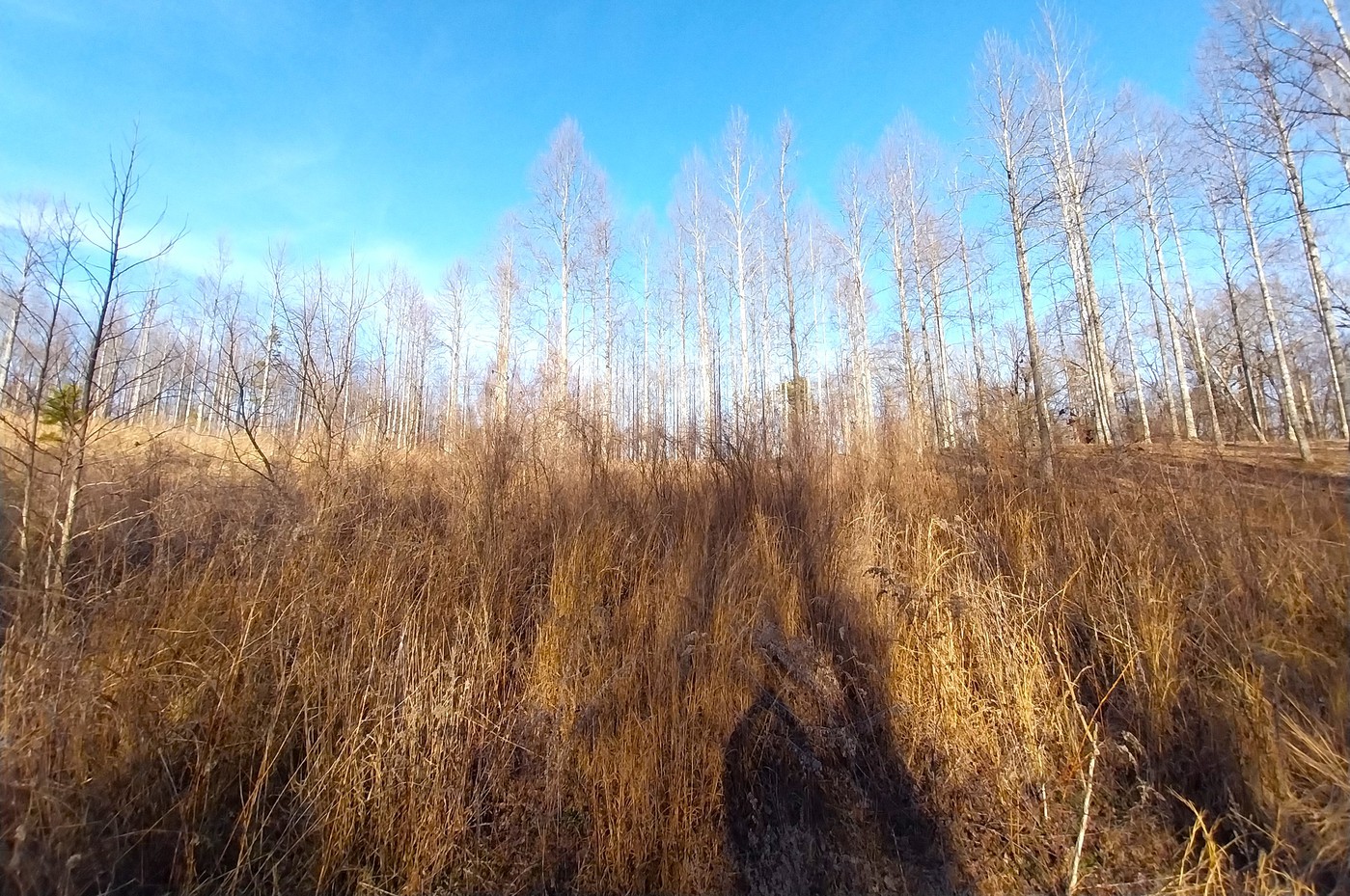
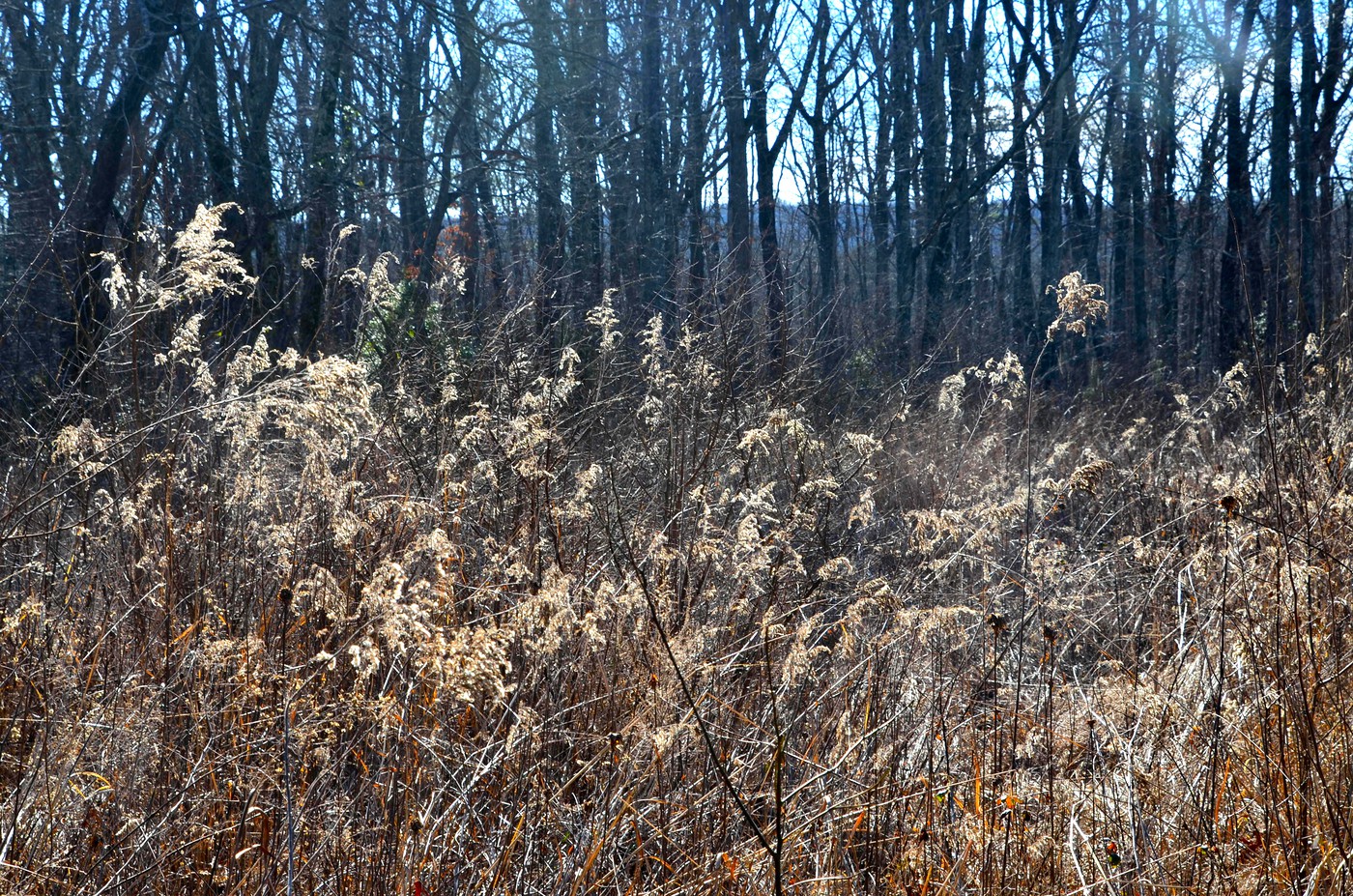
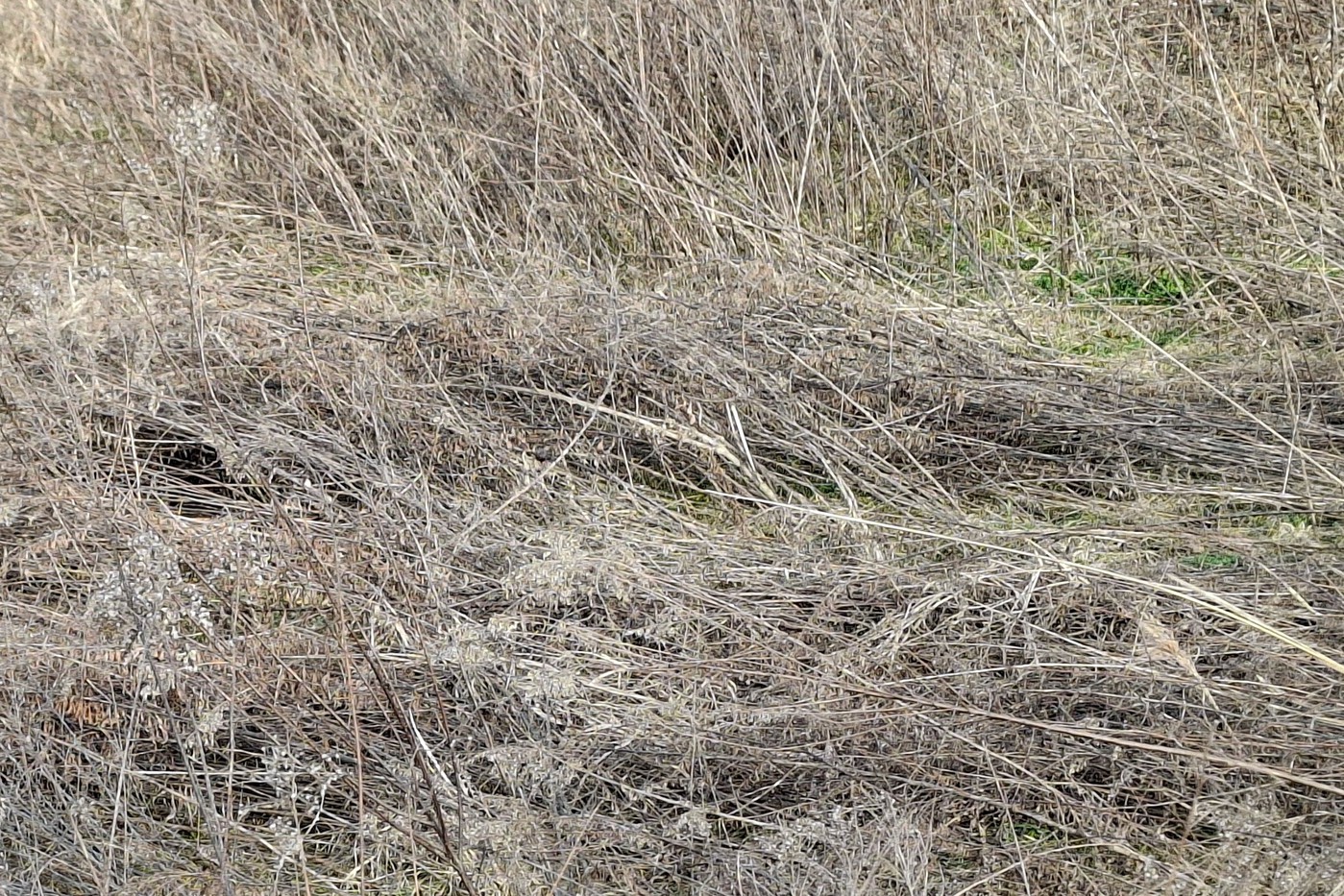
The airborne seed pods of the goldenrod and thistle make a great flash tinder, that when dry will easily take the sparks from an EDC ferro rod and flash hot enough to ignite the grass leaves and then the hollow oxygen rich grass stalks, and then the pithy oygen rich golden rod stalks in a chain reaction that more than plenty hot enough to ignite the "toothpick, pencil, finger" sized twigs in a fire lay.
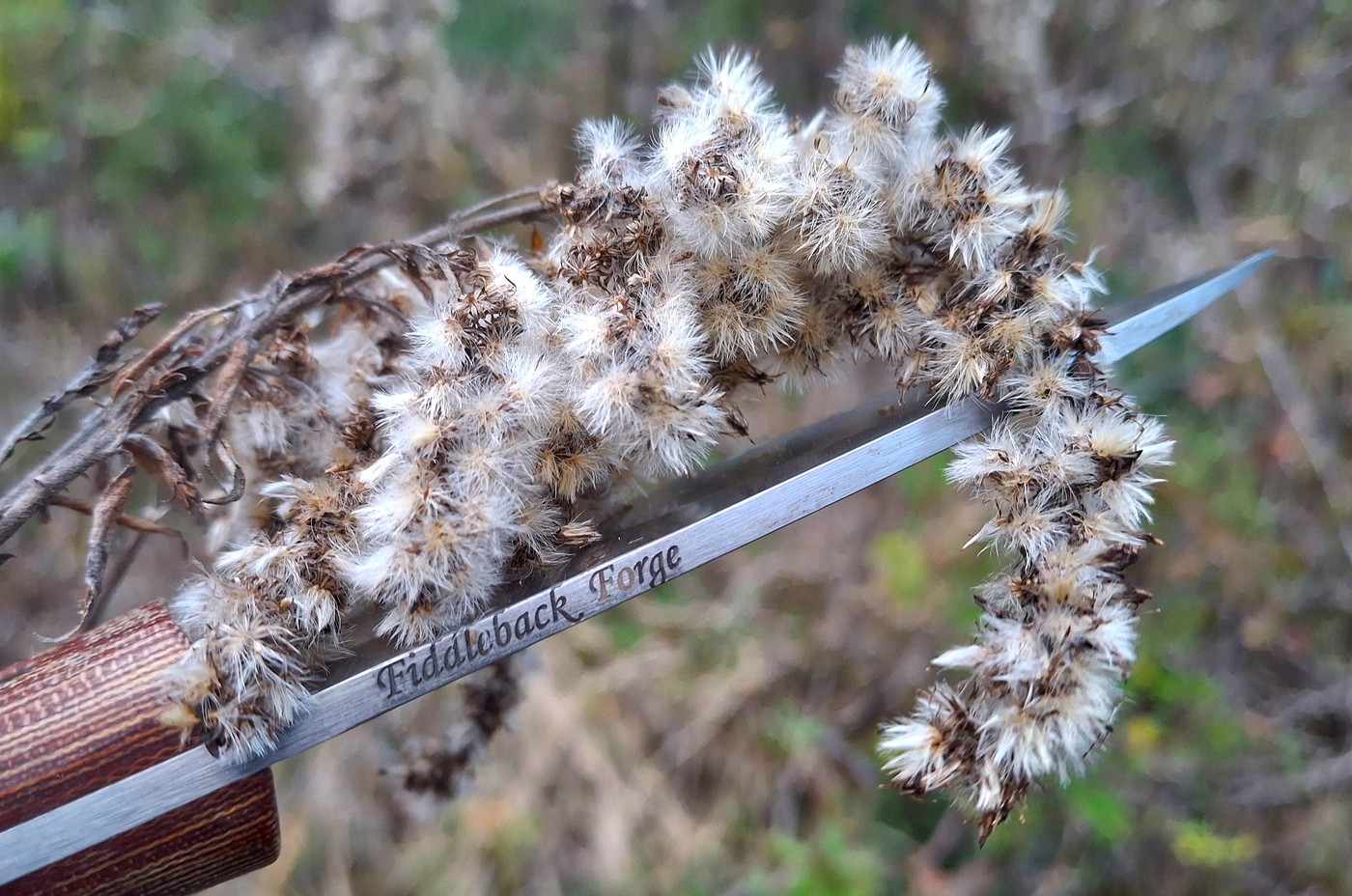

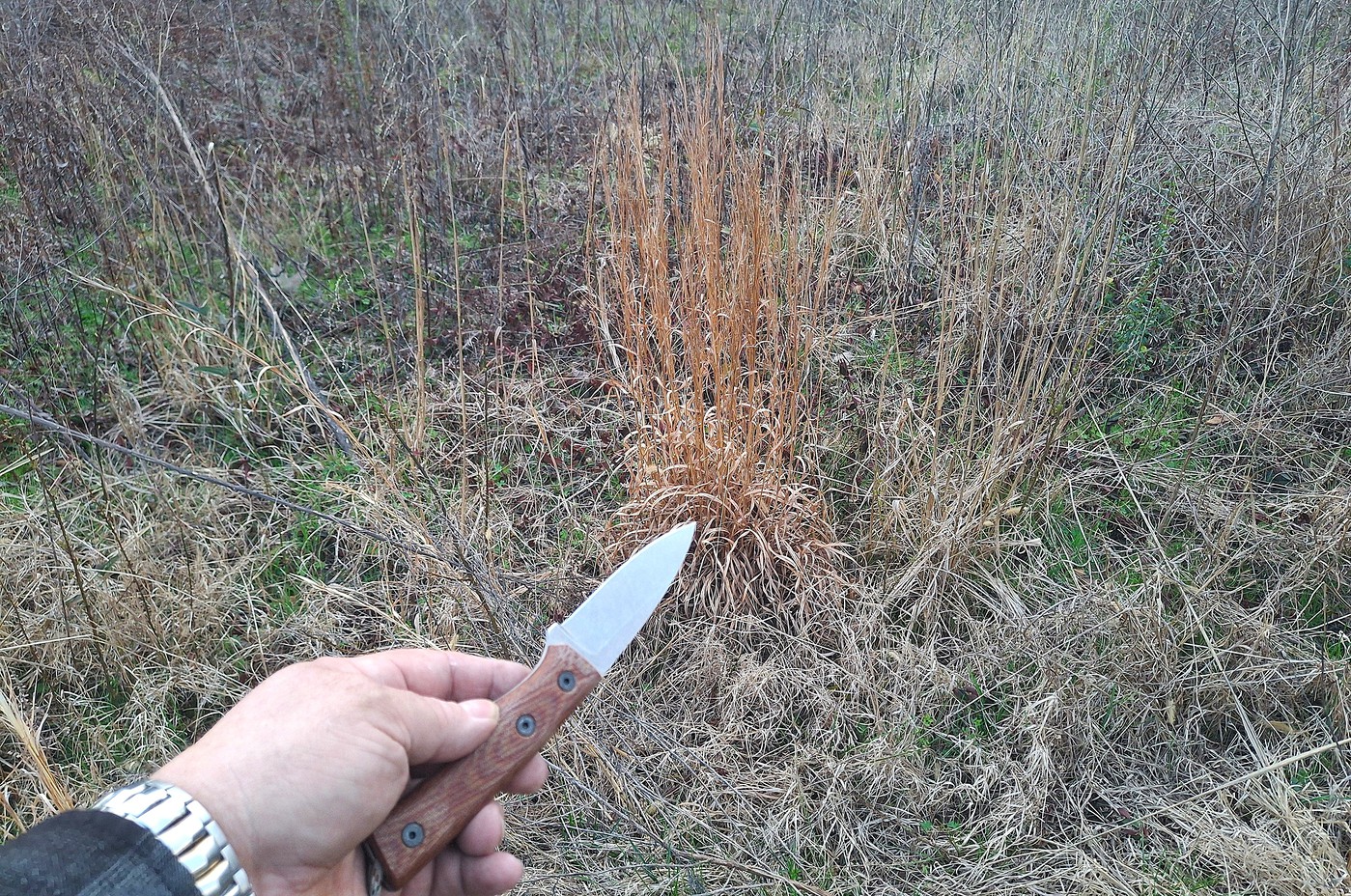

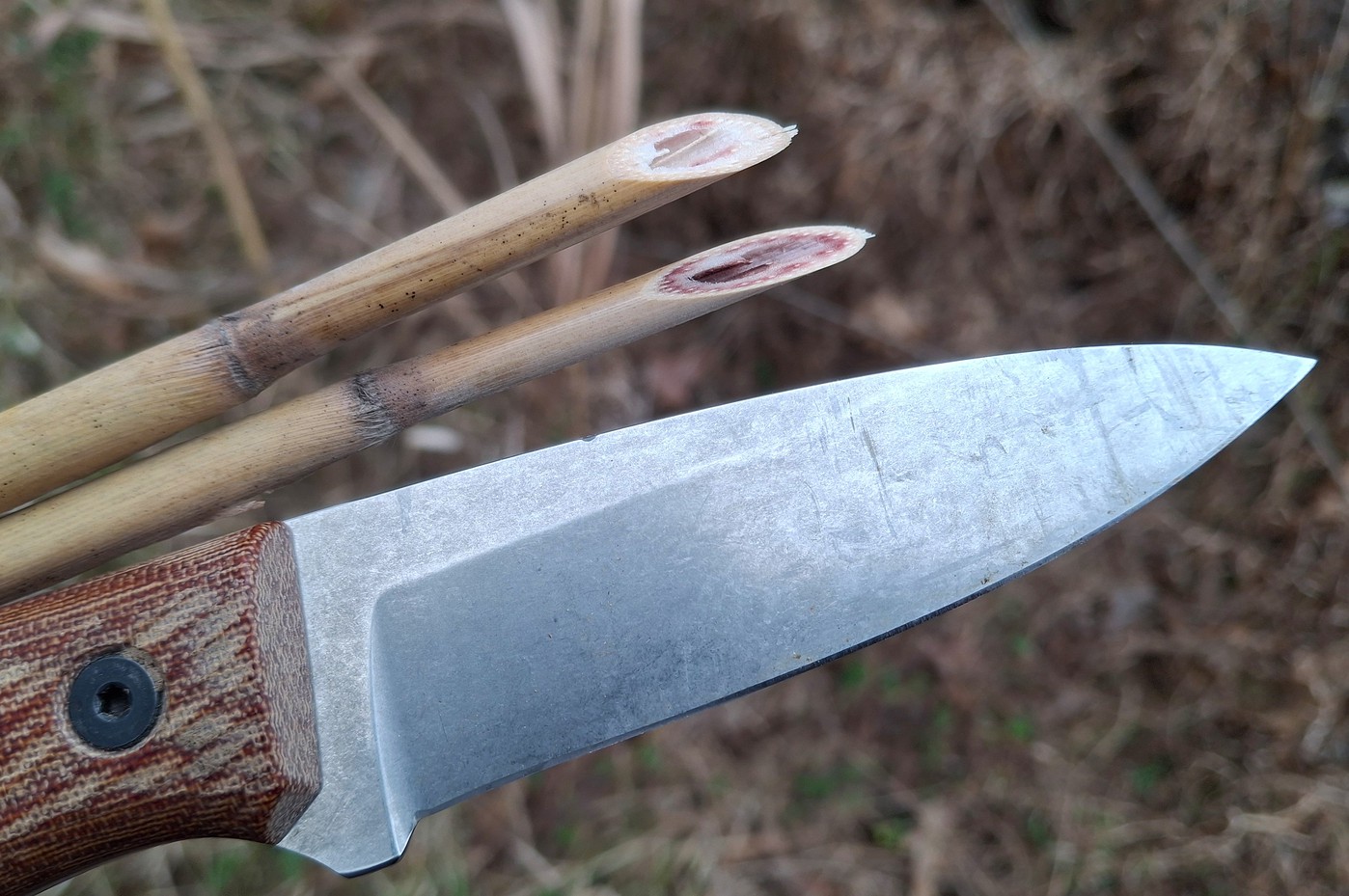
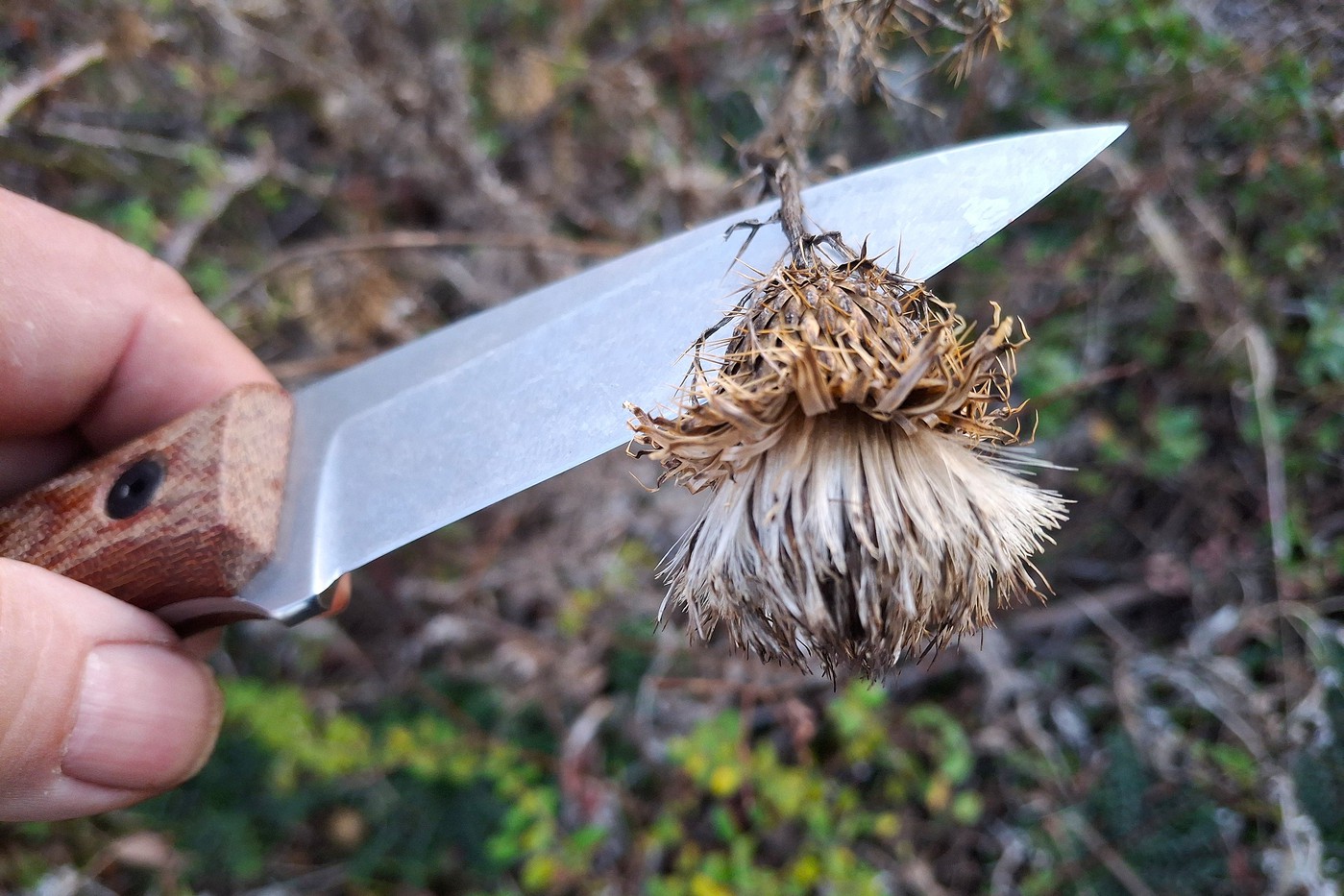
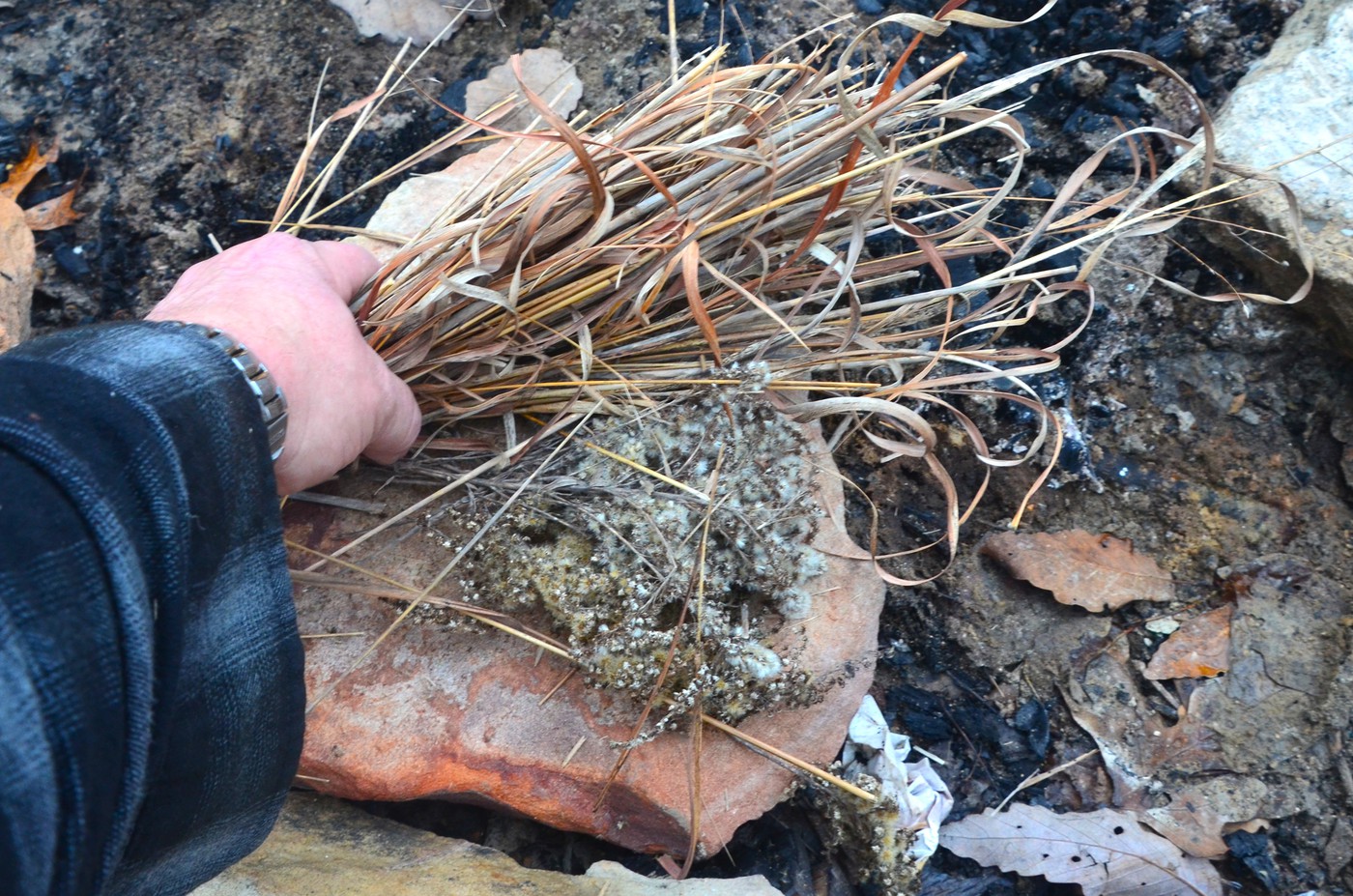
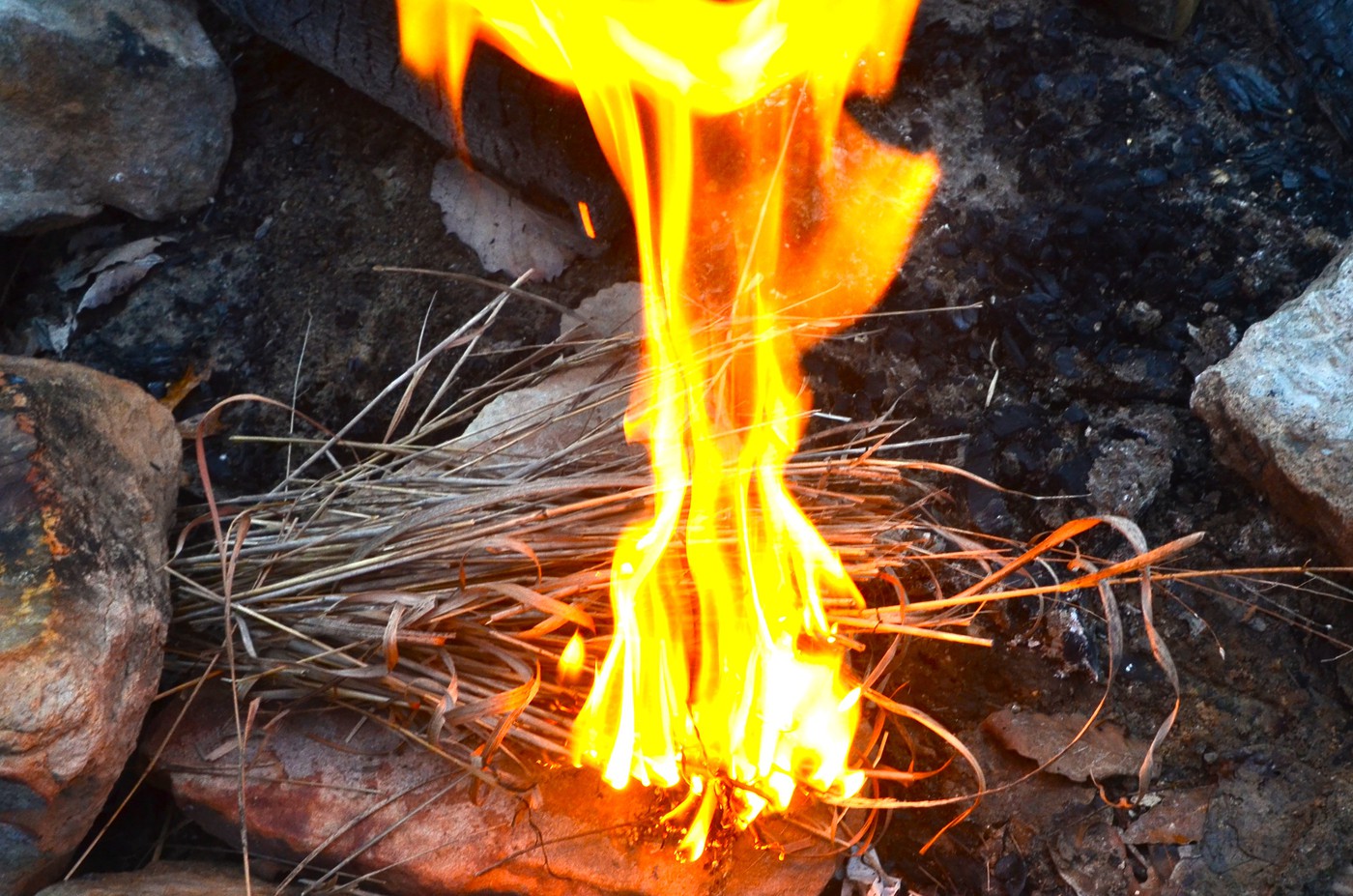
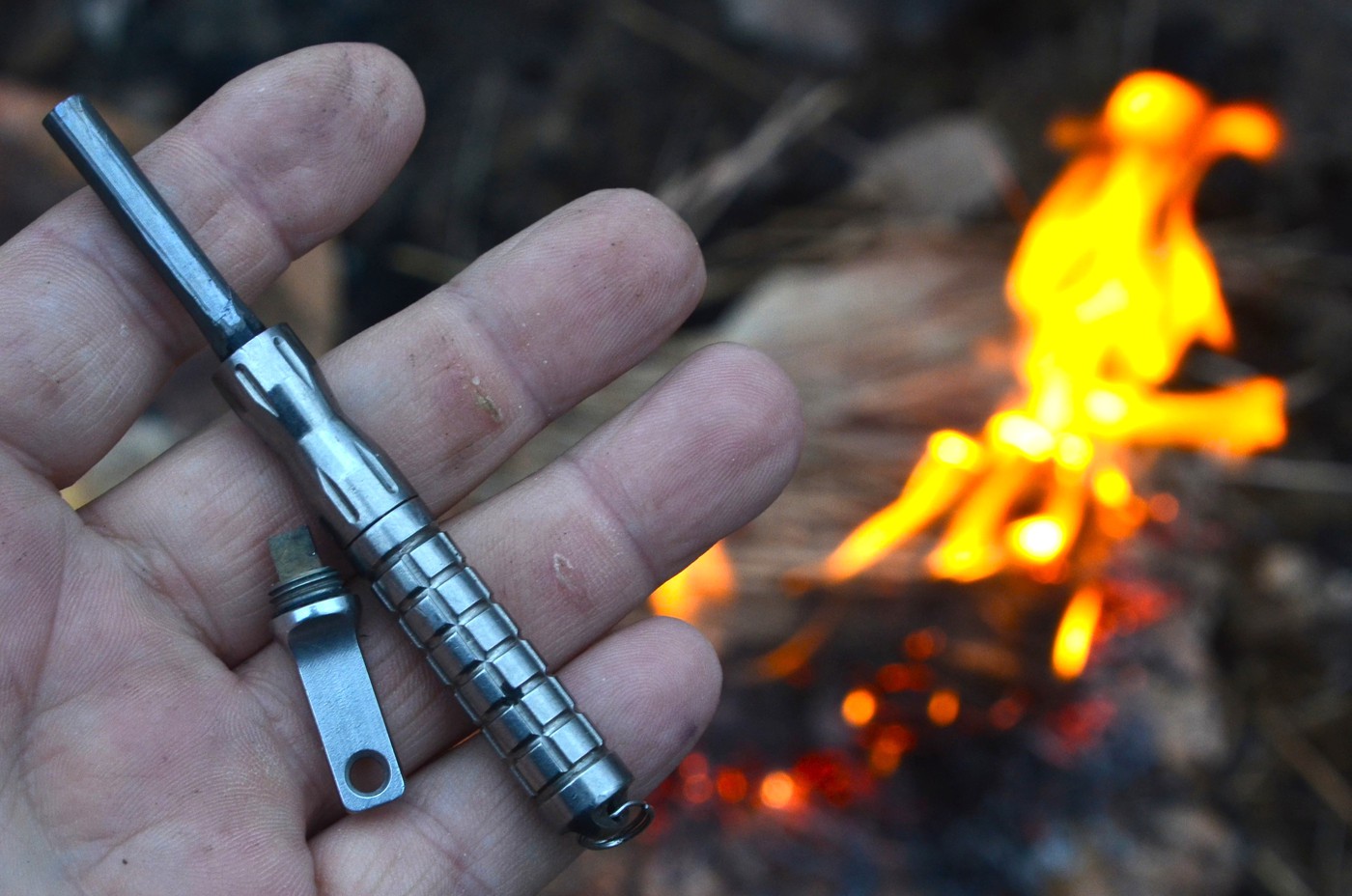
But when we look down on the grown between the dried stalks, we can see onions growing through the lifeless detritus.
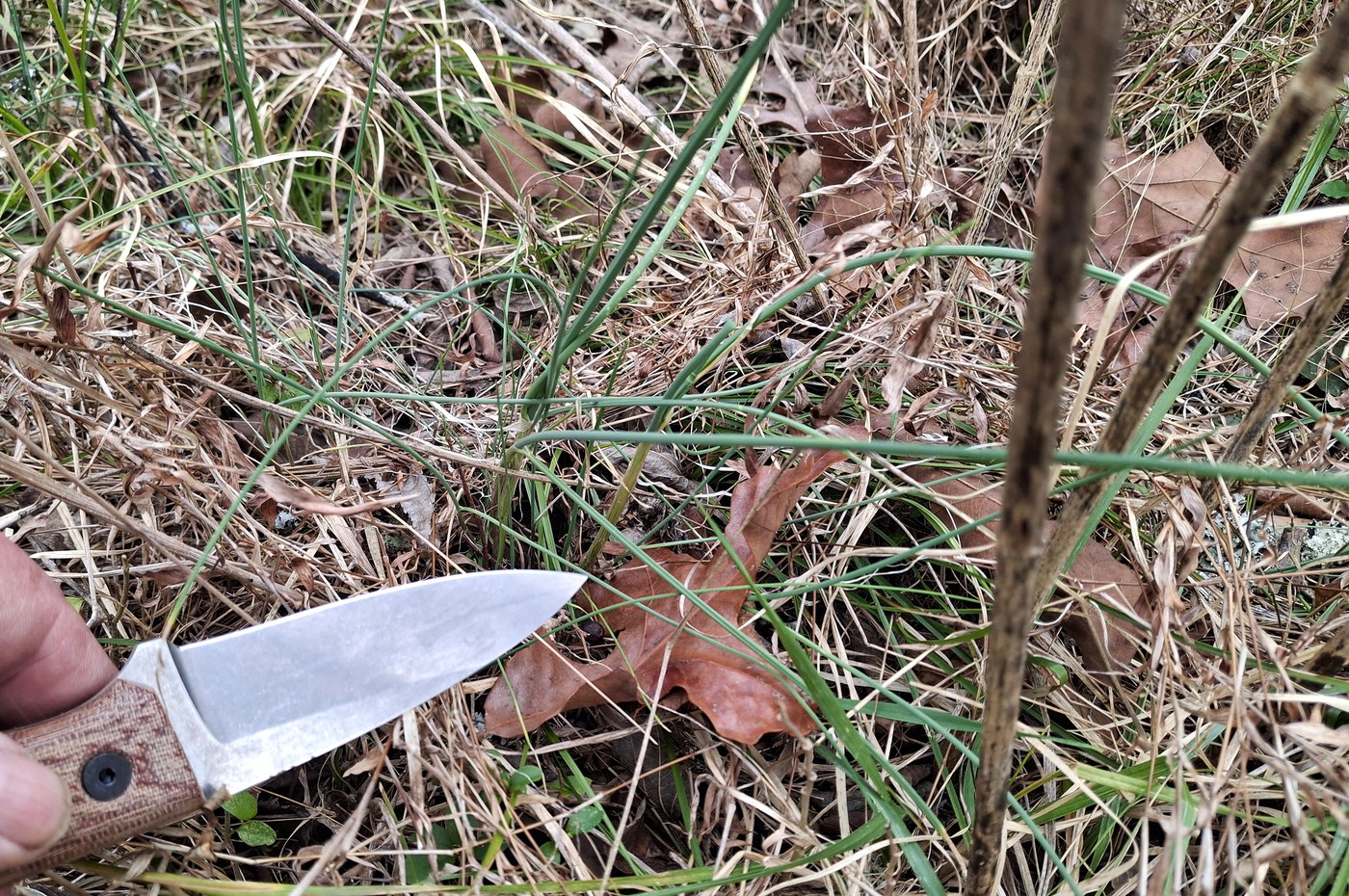
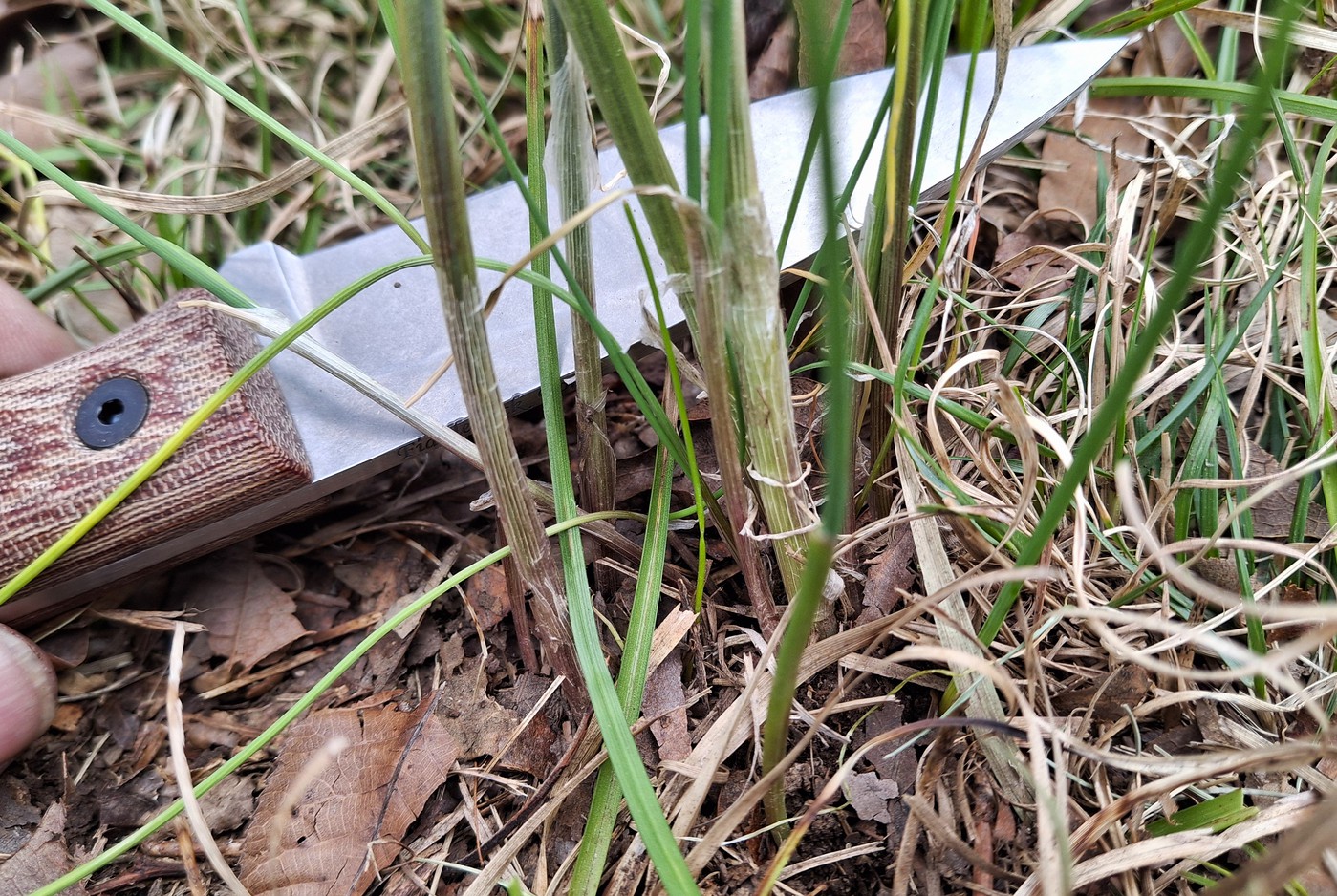
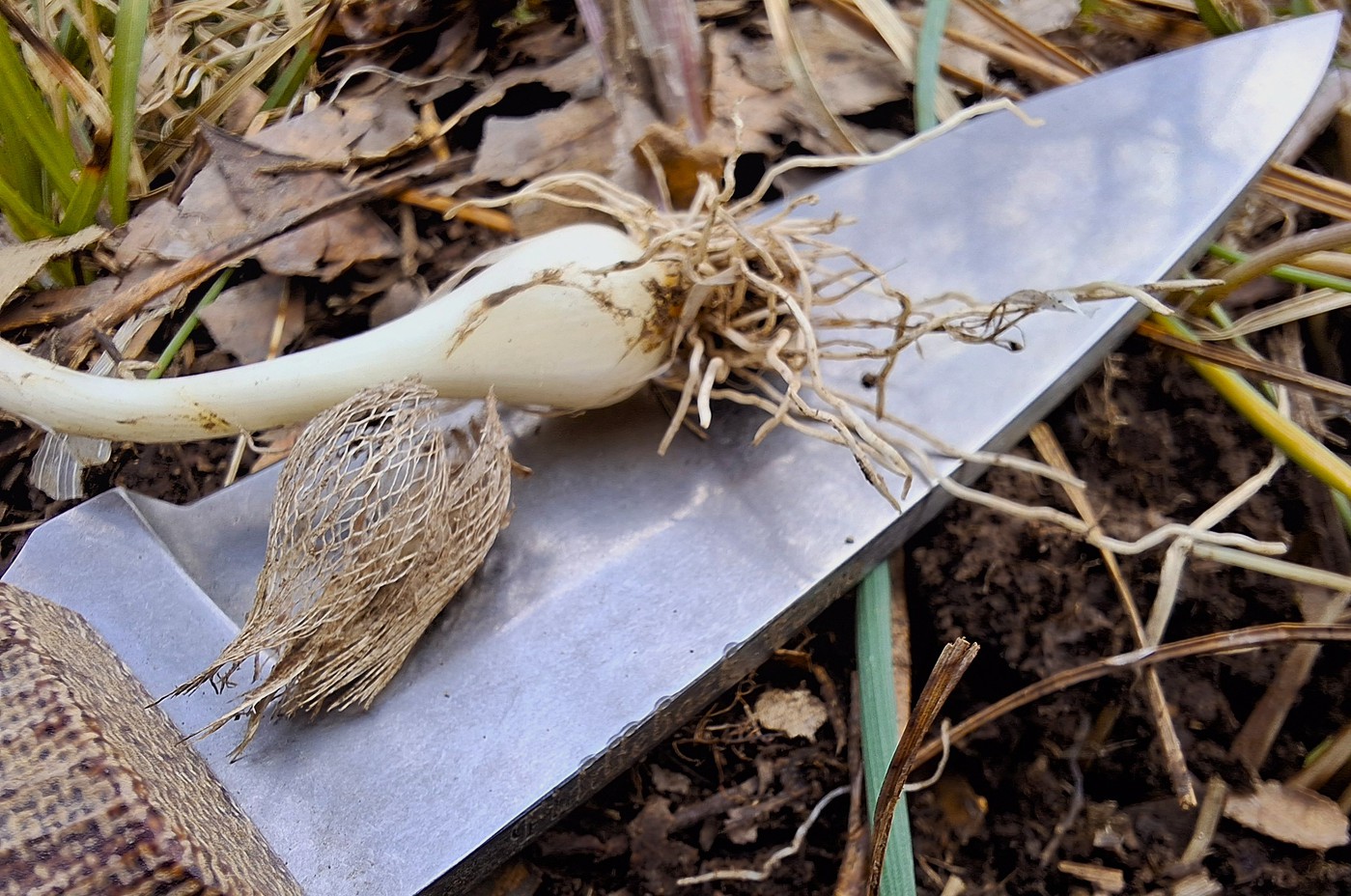
On warmer sunny winter days we can even find dandelions popping up there as well. The dandelion rosettes are there all winter, but they are not always easy to spot. Dnadelions are both nutrituous and medicinal
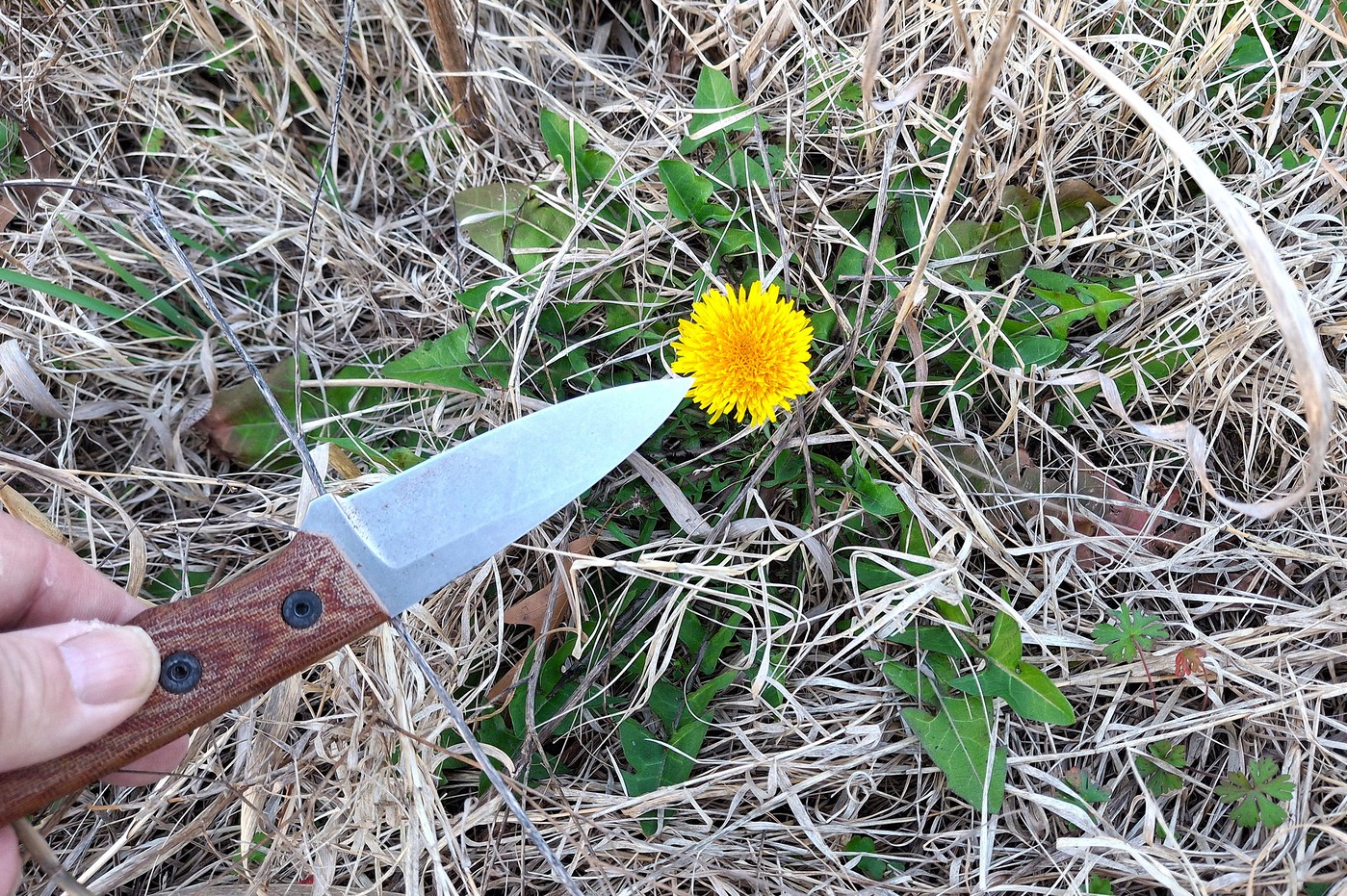
End part 1 of 3

Most of what was growing in the forest meadows back in the summer has now gone to seed and died back to it's roots. Most of it, being of hollow stalks, is much more suited to making bedding from, to insulate the body from the cold ground now. The deer certainly take advantage of it on sunny days. By flattening and area to lay in, the entire rest of the meadow blocks the wind and the depression traps the warmth of the sun.



The airborne seed pods of the goldenrod and thistle make a great flash tinder, that when dry will easily take the sparks from an EDC ferro rod and flash hot enough to ignite the grass leaves and then the hollow oxygen rich grass stalks, and then the pithy oygen rich golden rod stalks in a chain reaction that more than plenty hot enough to ignite the "toothpick, pencil, finger" sized twigs in a fire lay.









But when we look down on the grown between the dried stalks, we can see onions growing through the lifeless detritus.



On warmer sunny winter days we can even find dandelions popping up there as well. The dandelion rosettes are there all winter, but they are not always easy to spot. Dnadelions are both nutrituous and medicinal

End part 1 of 3

